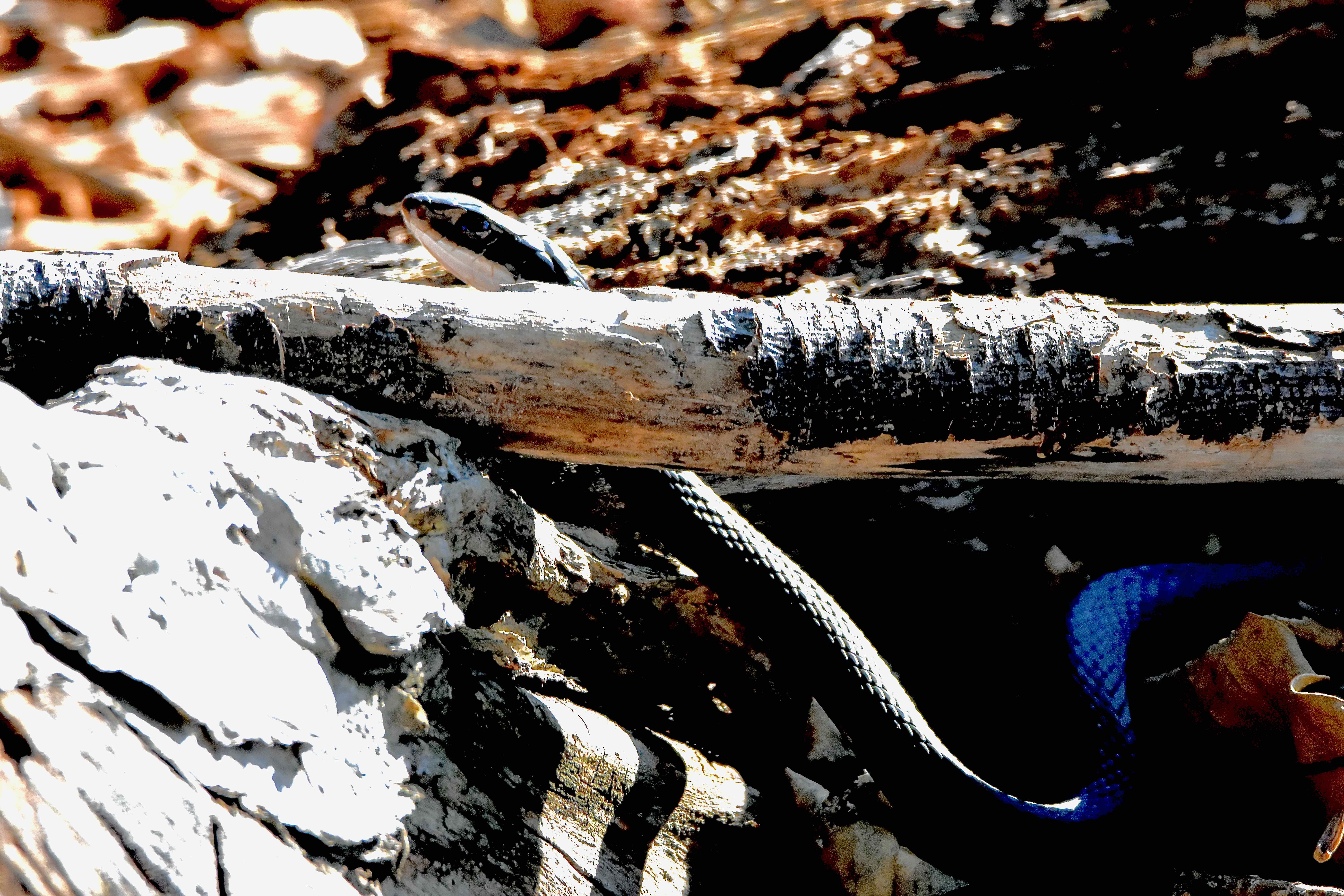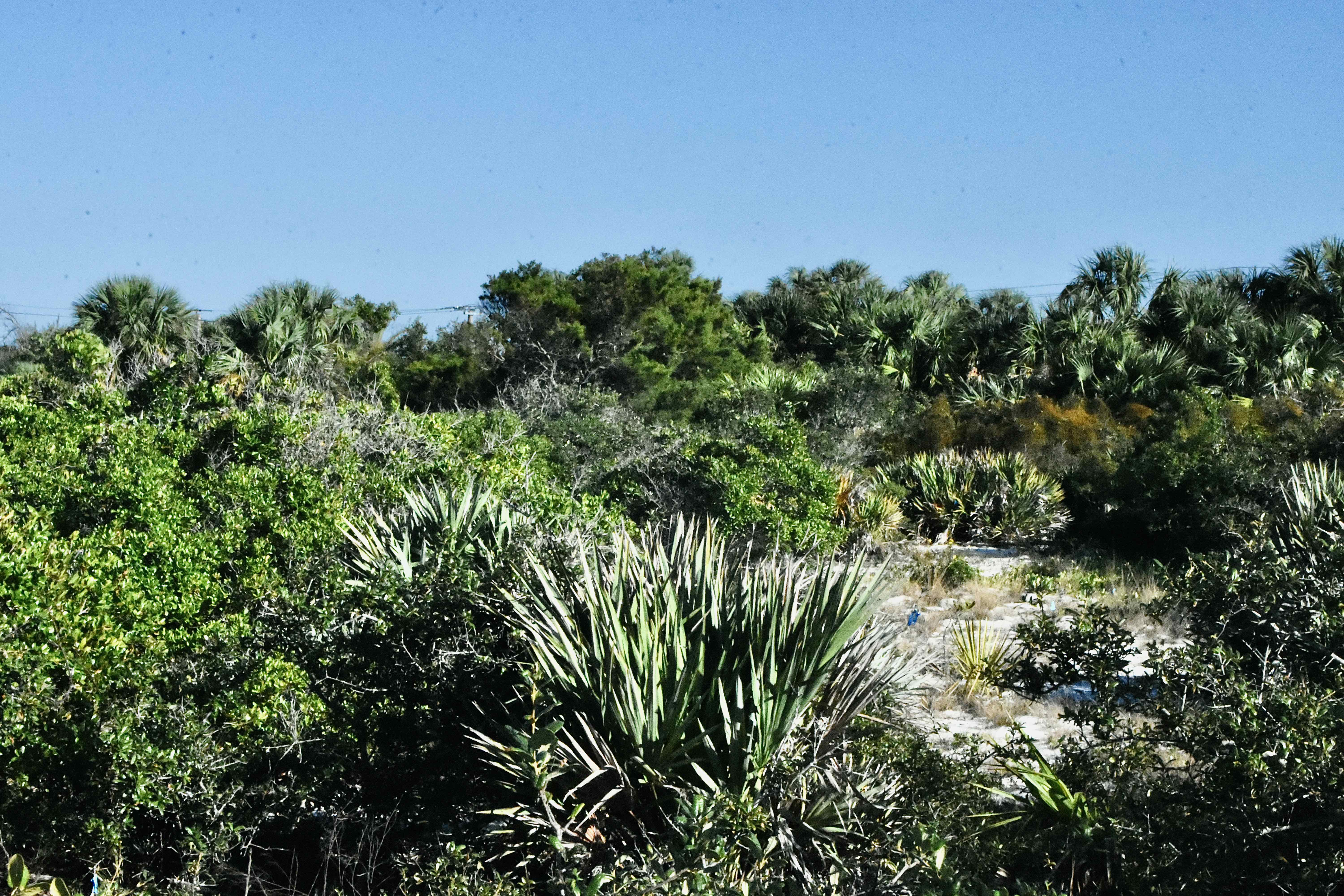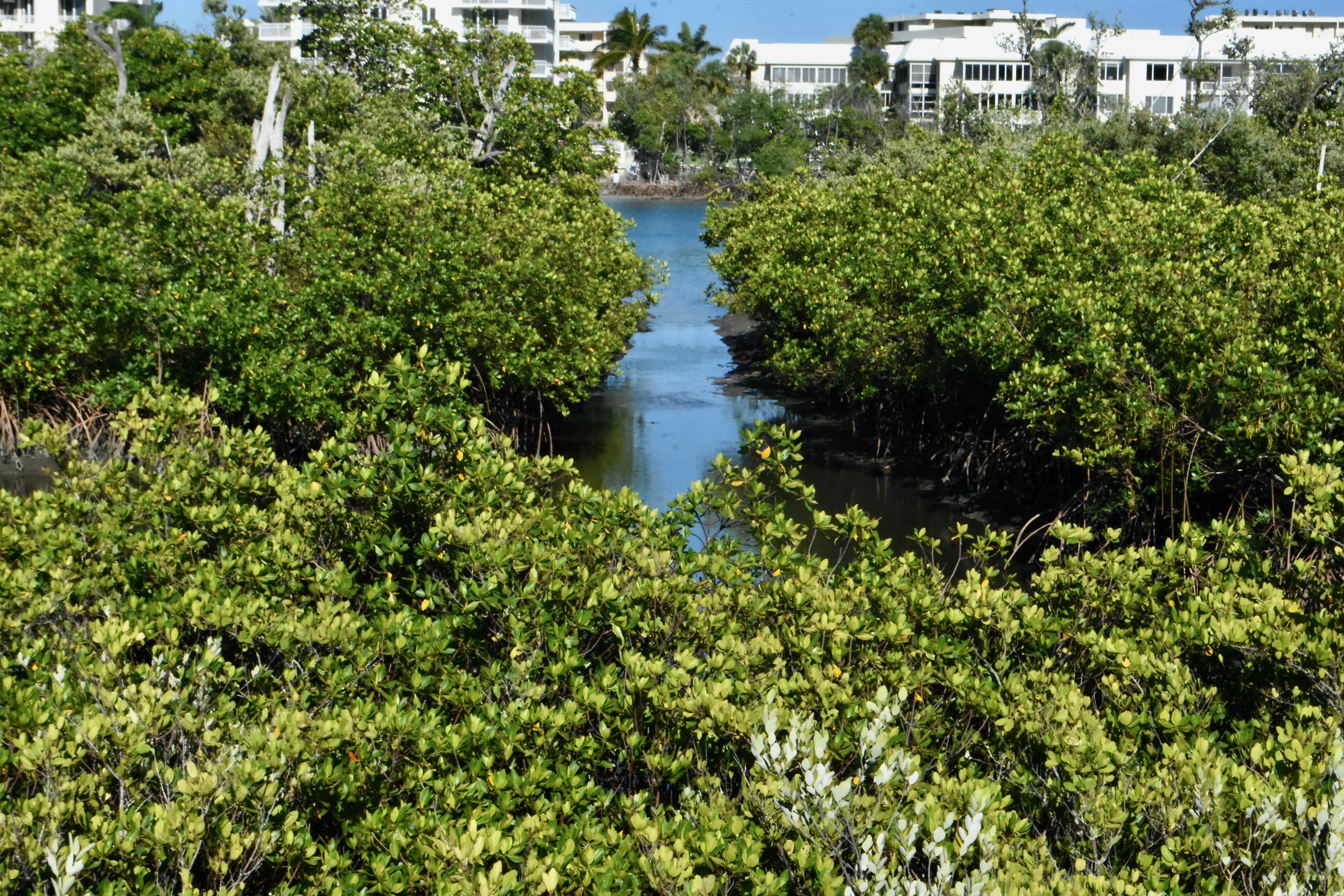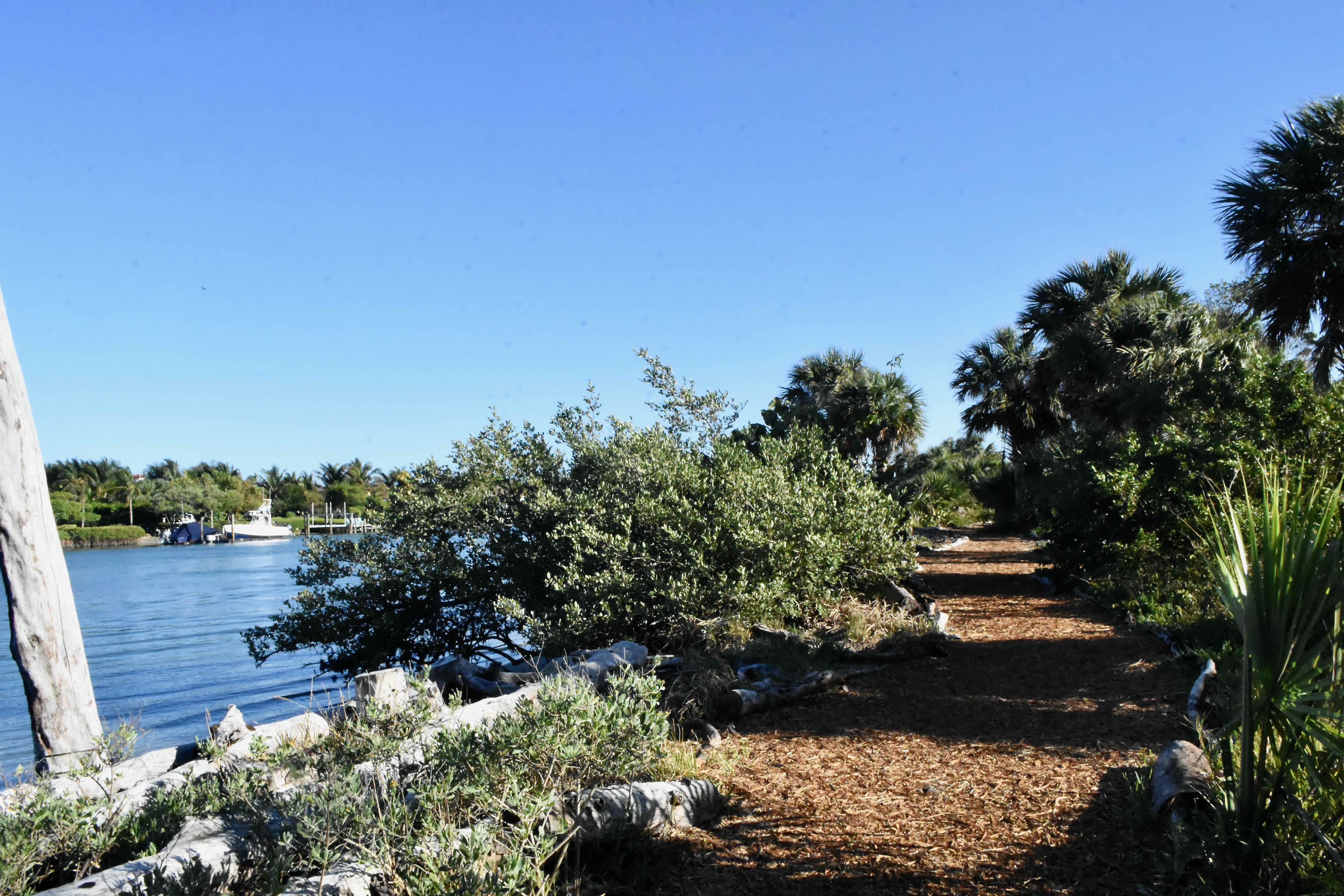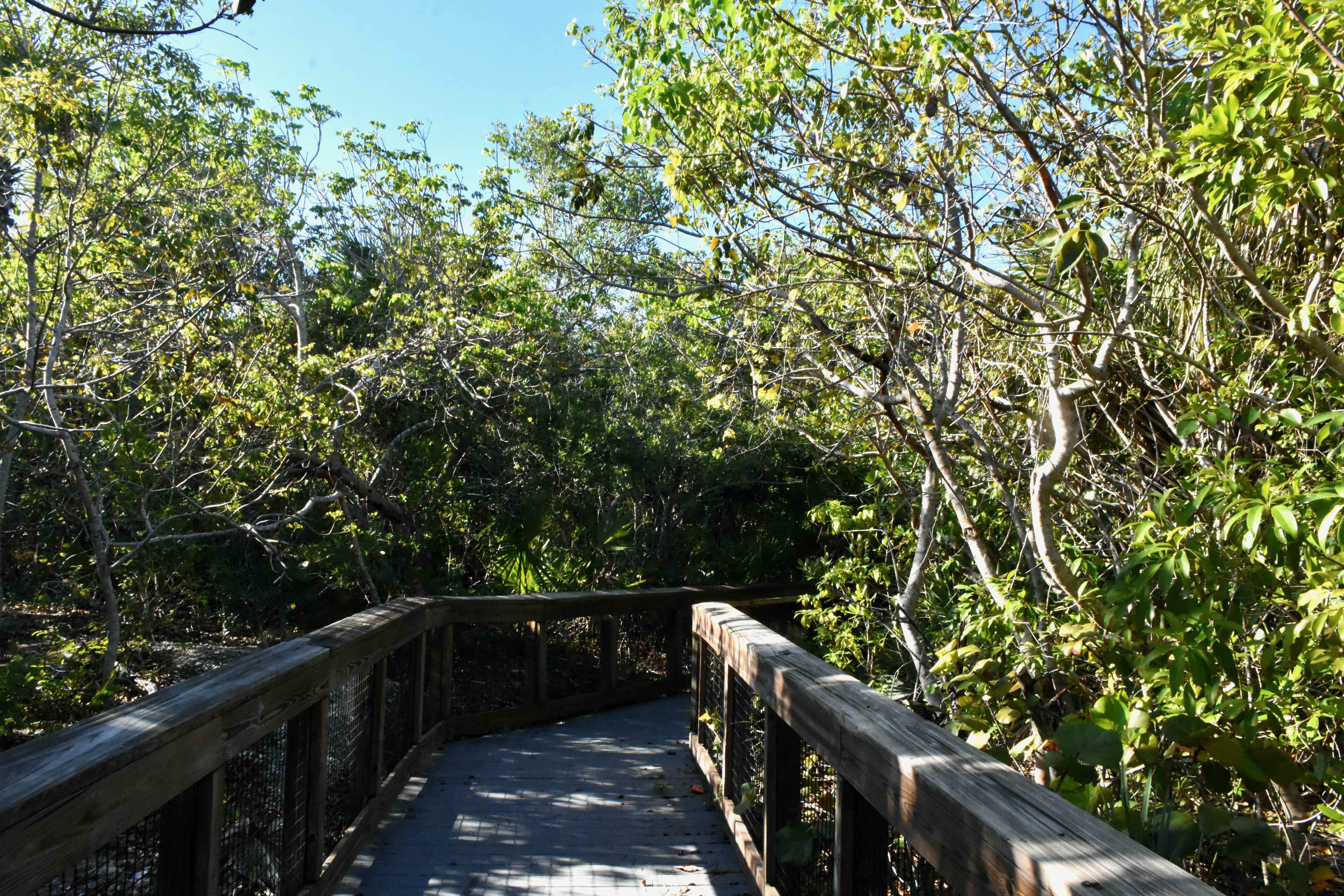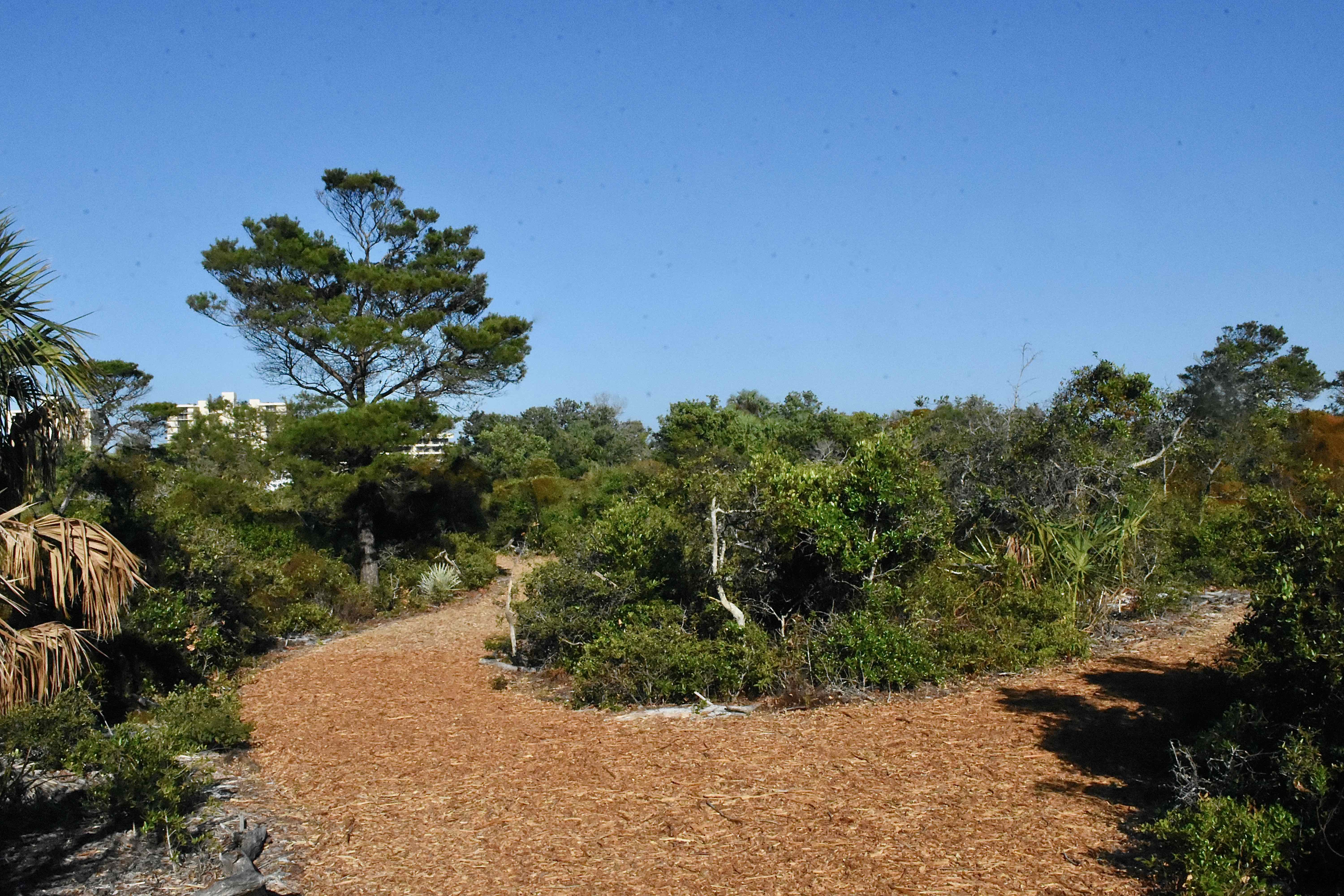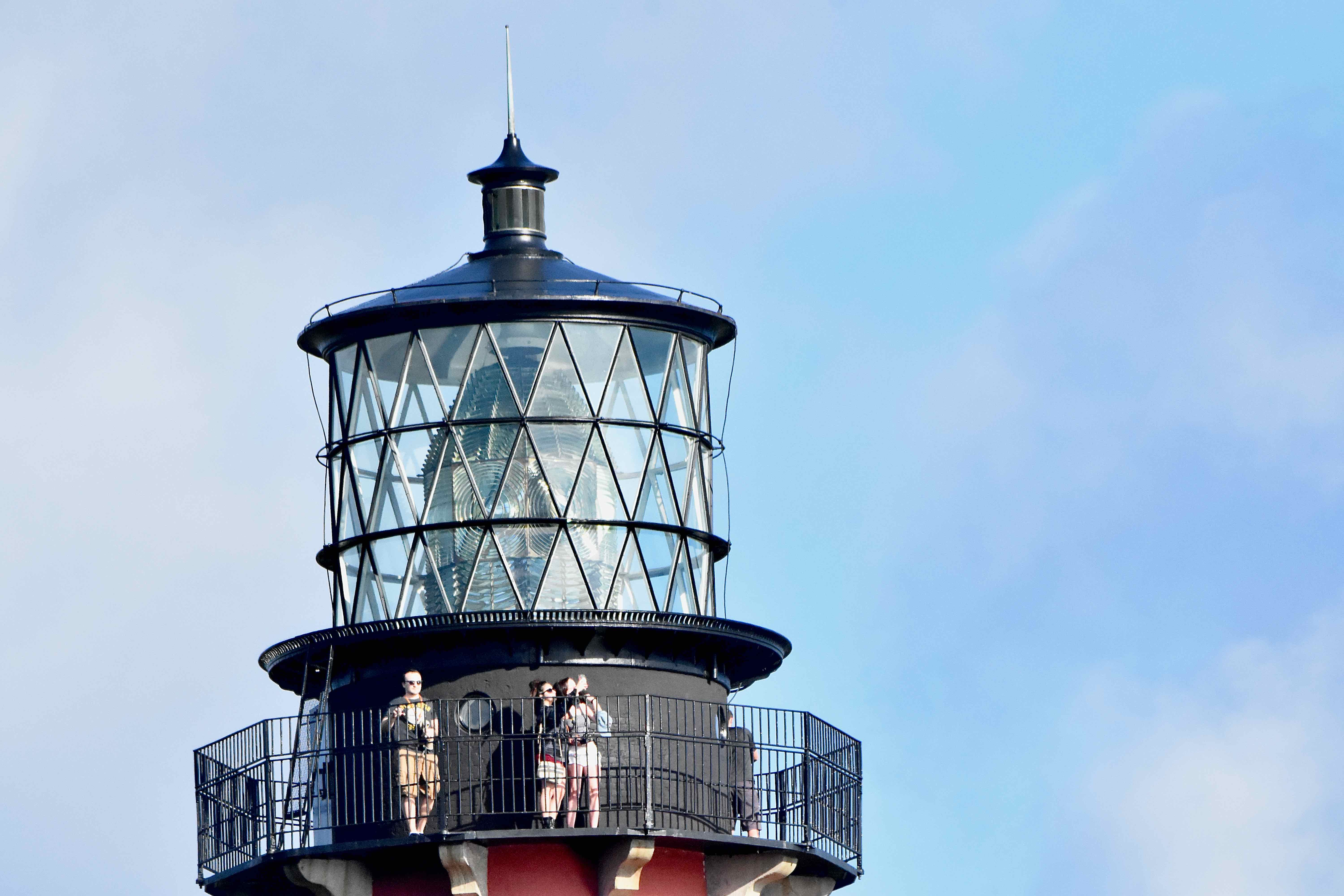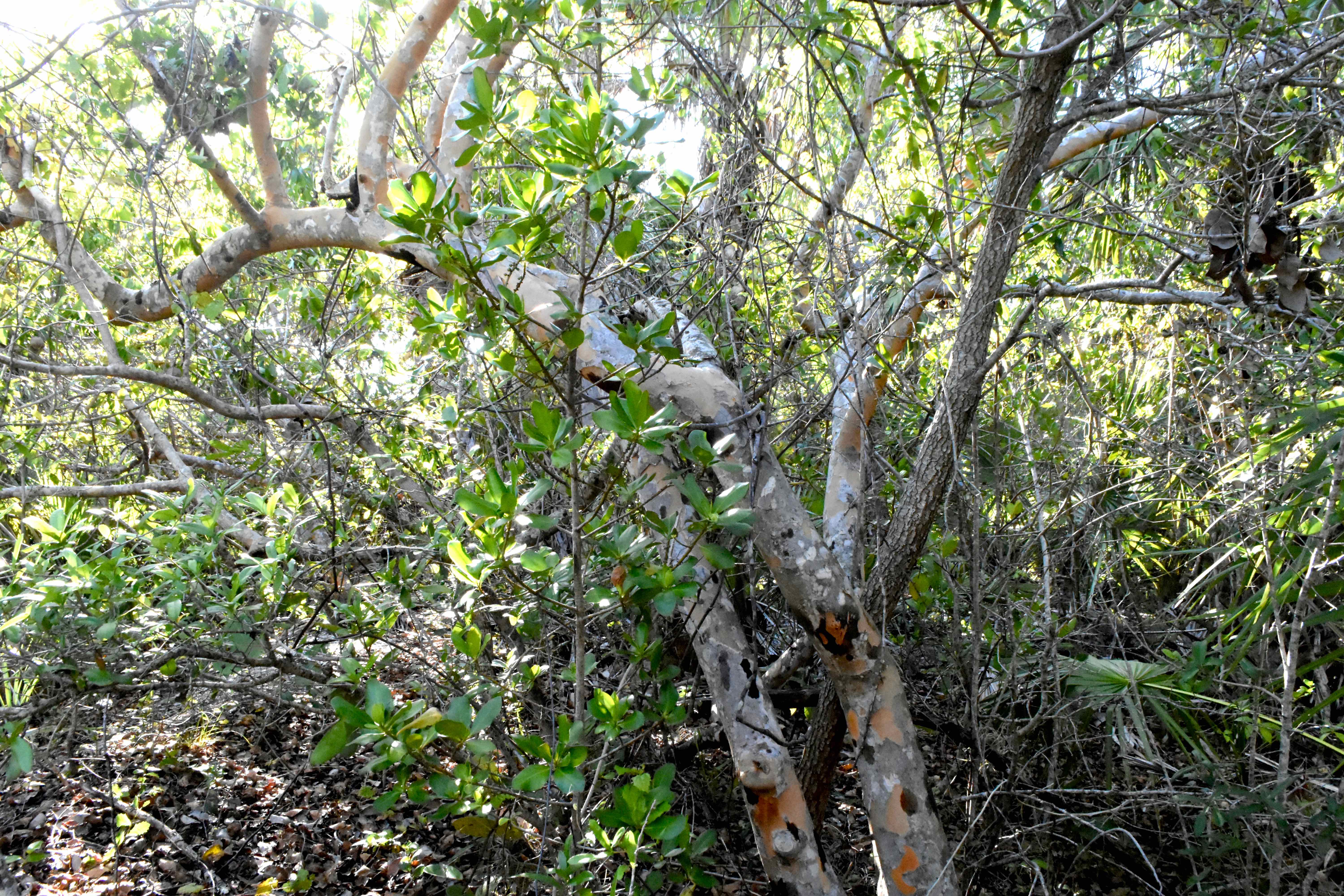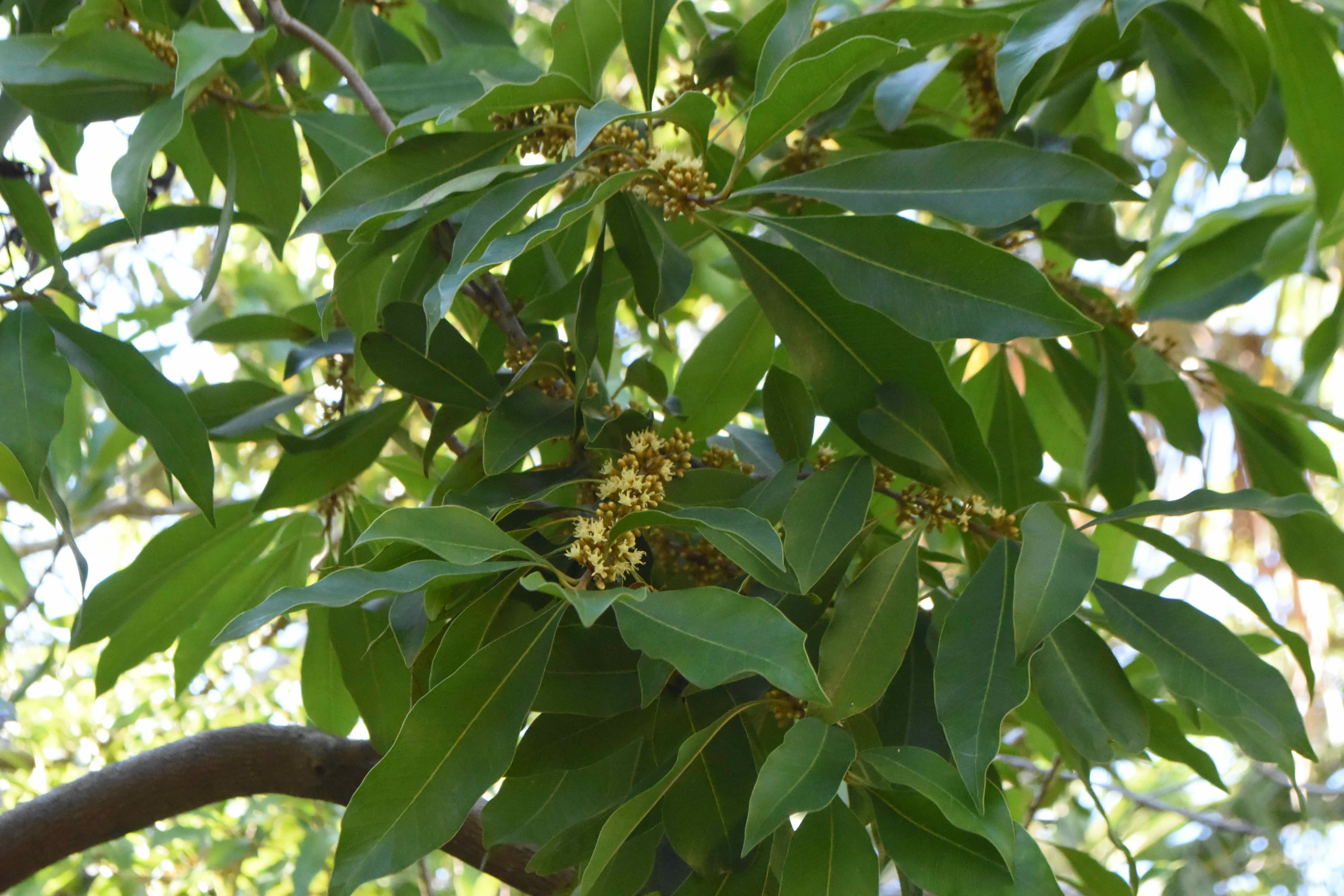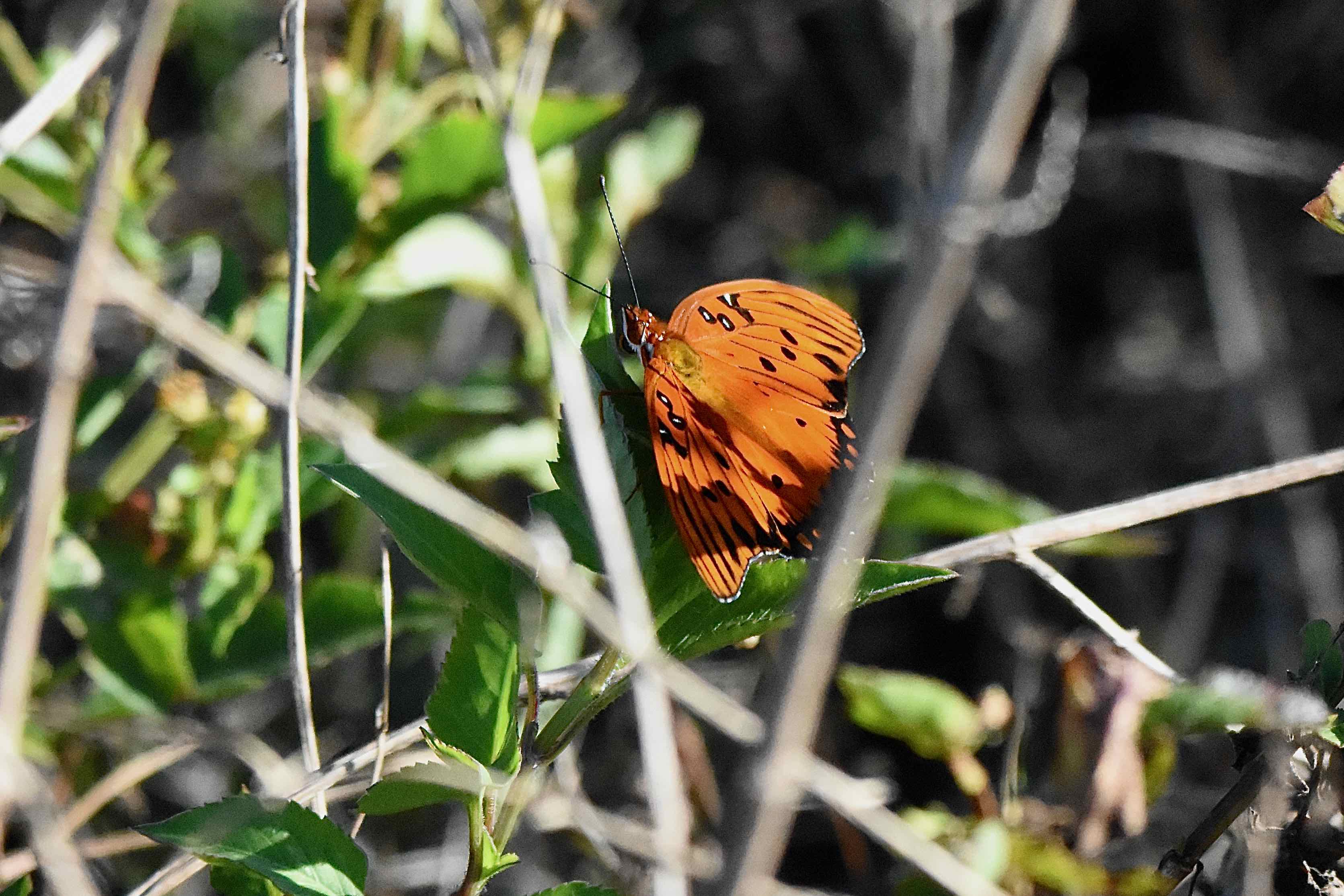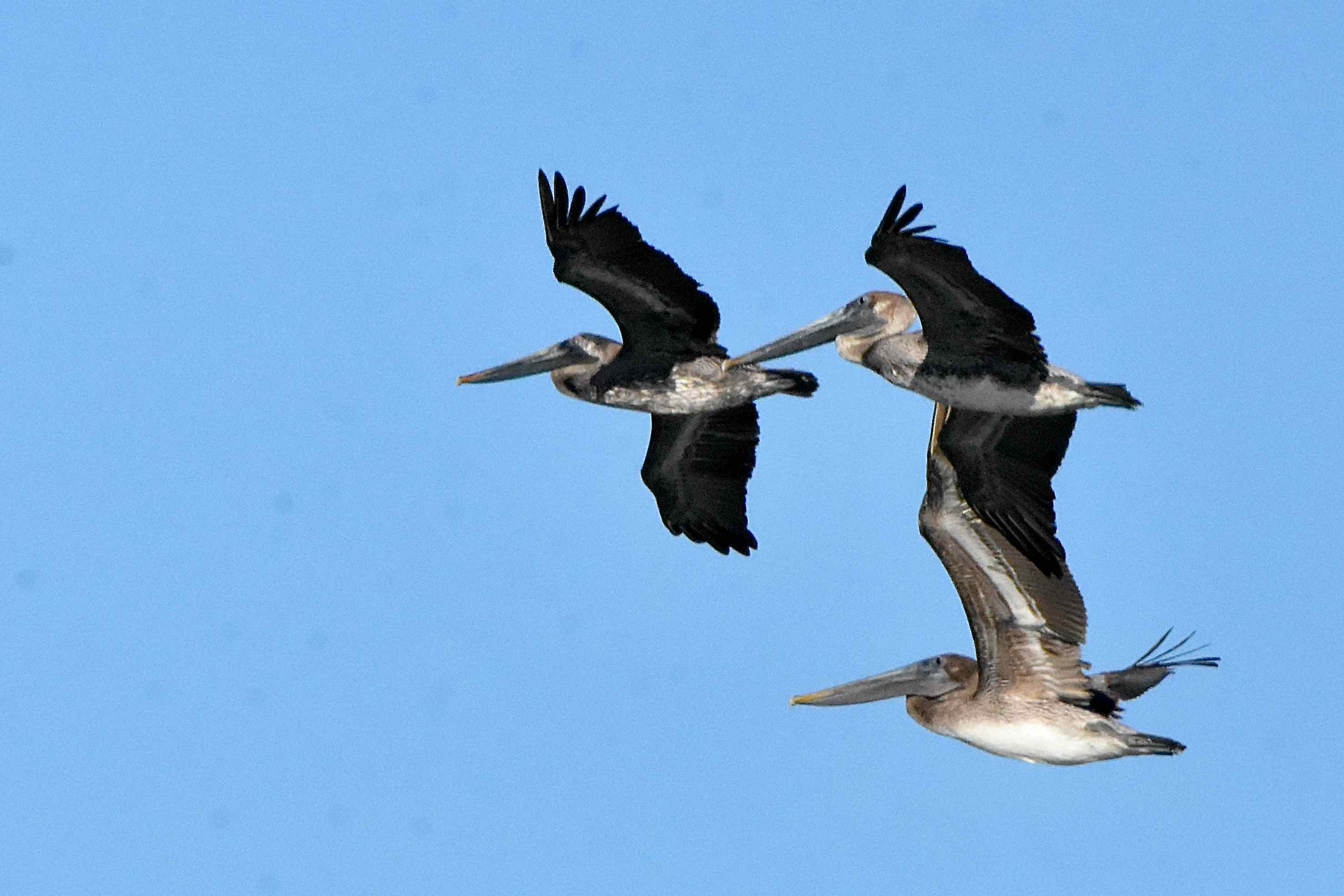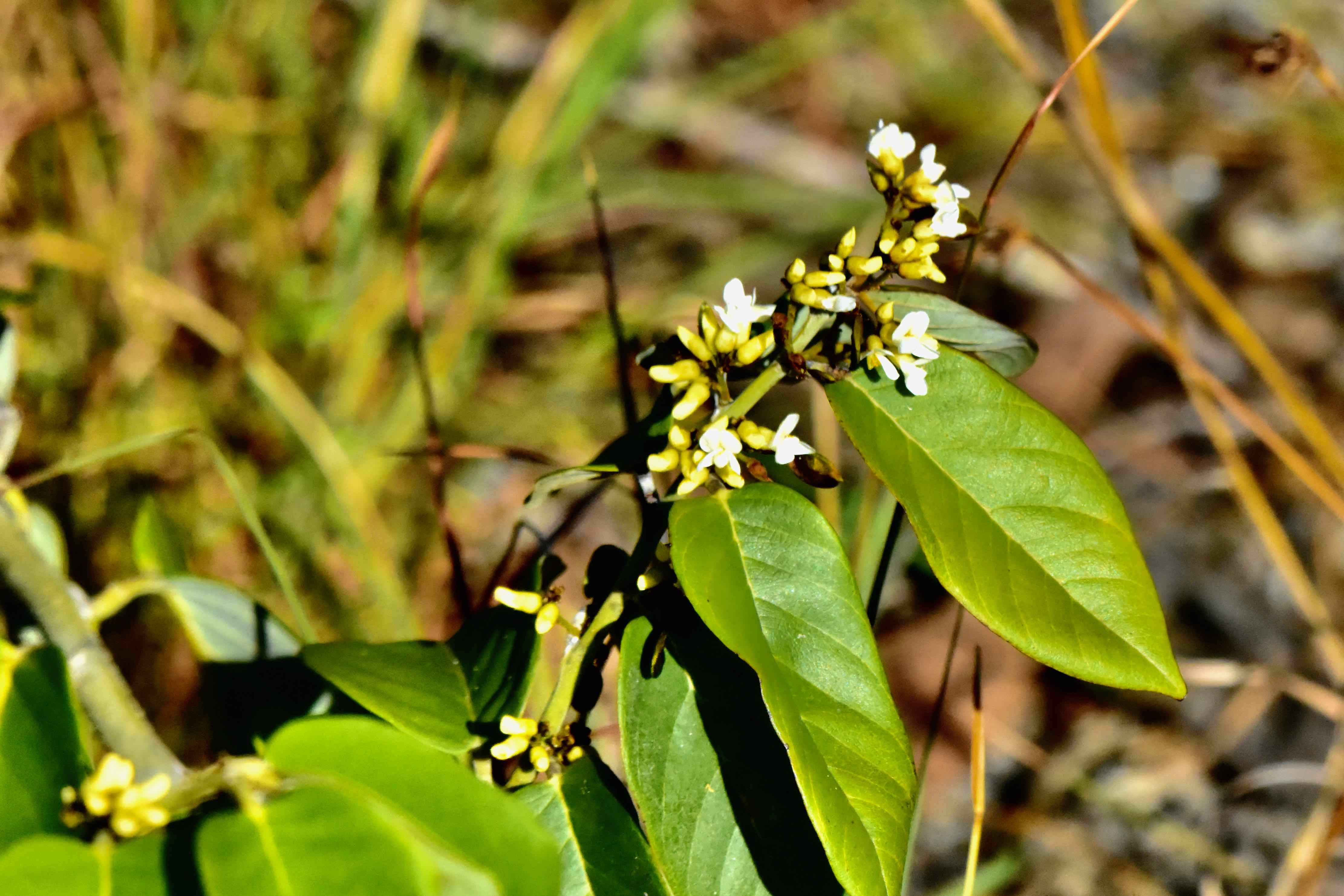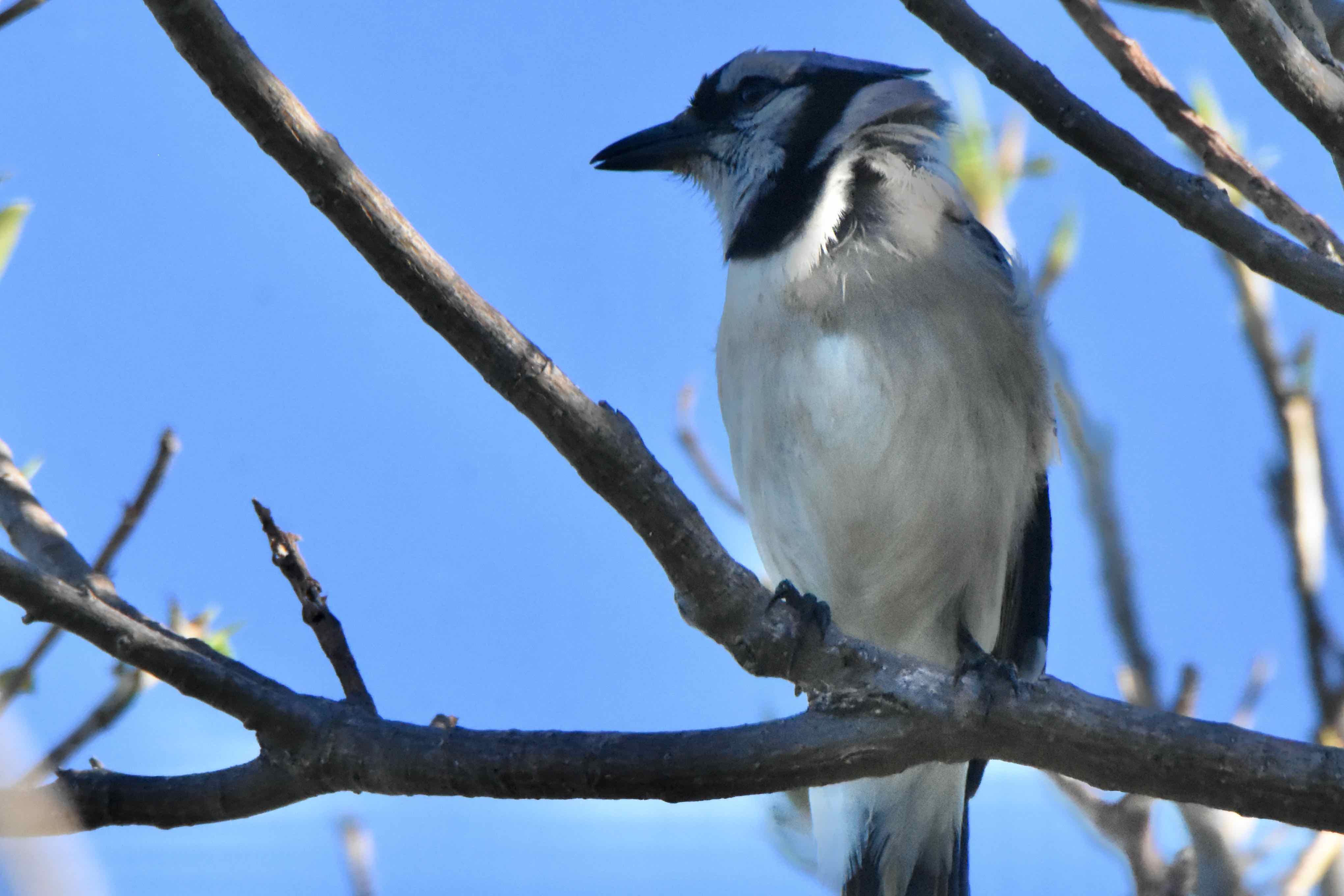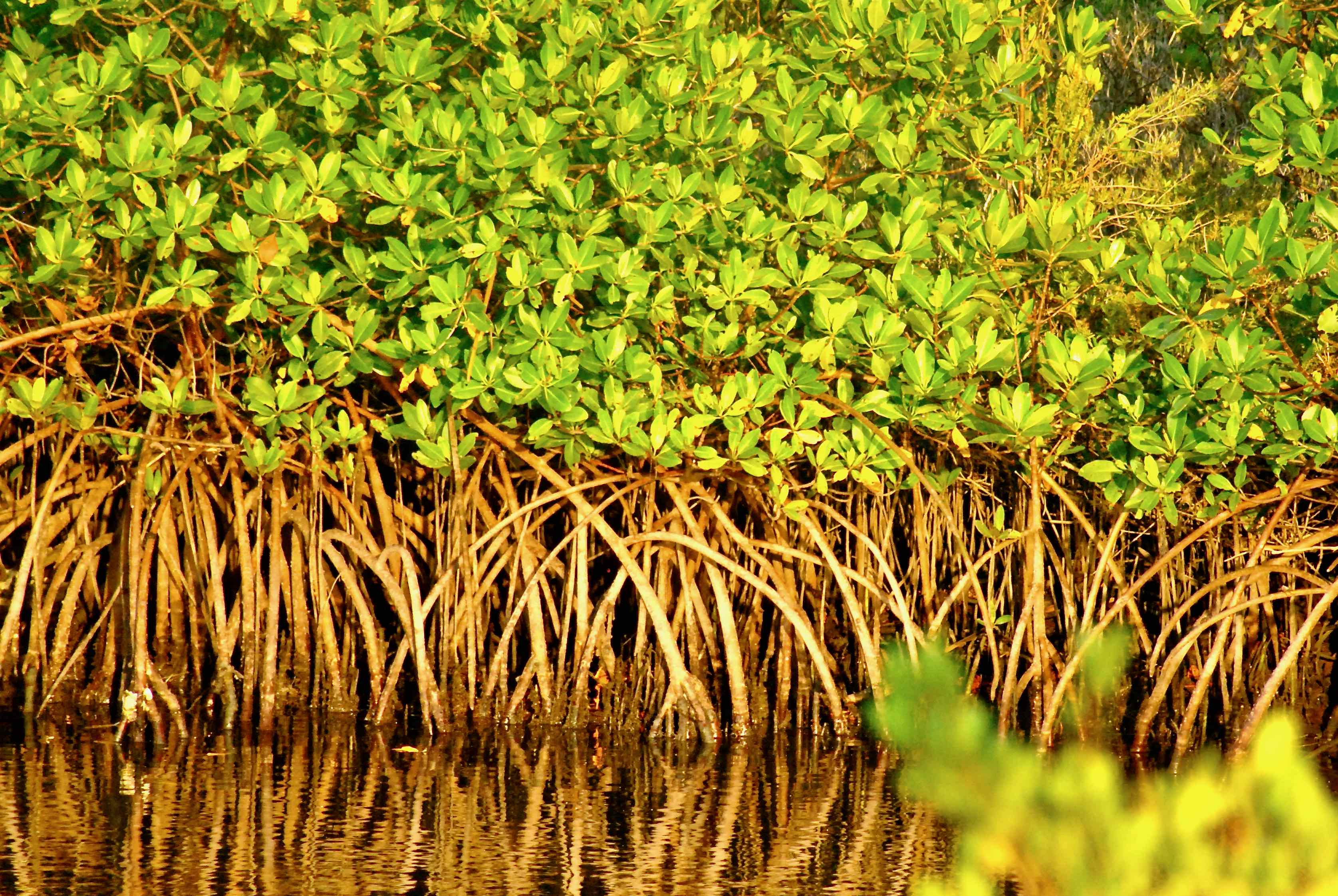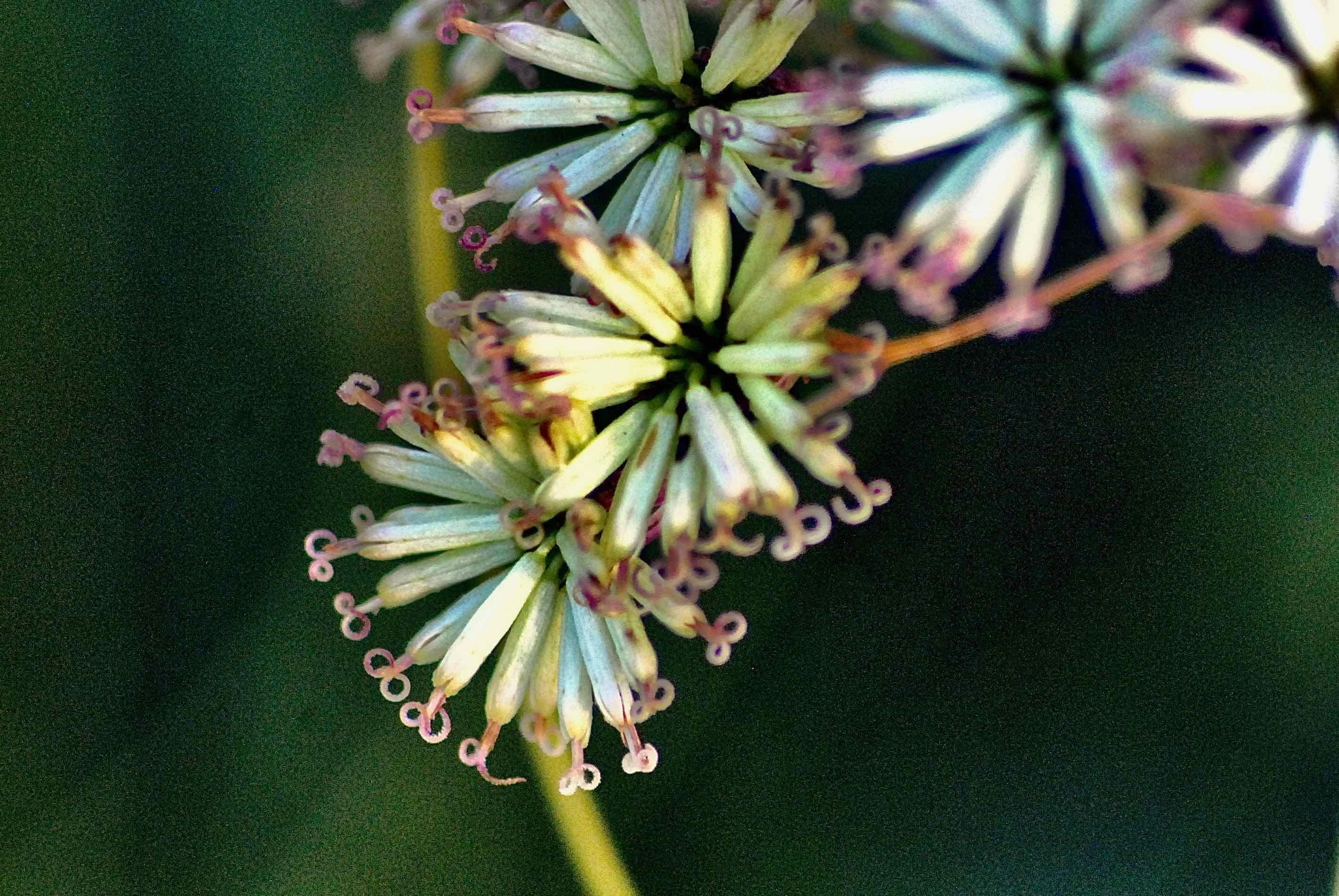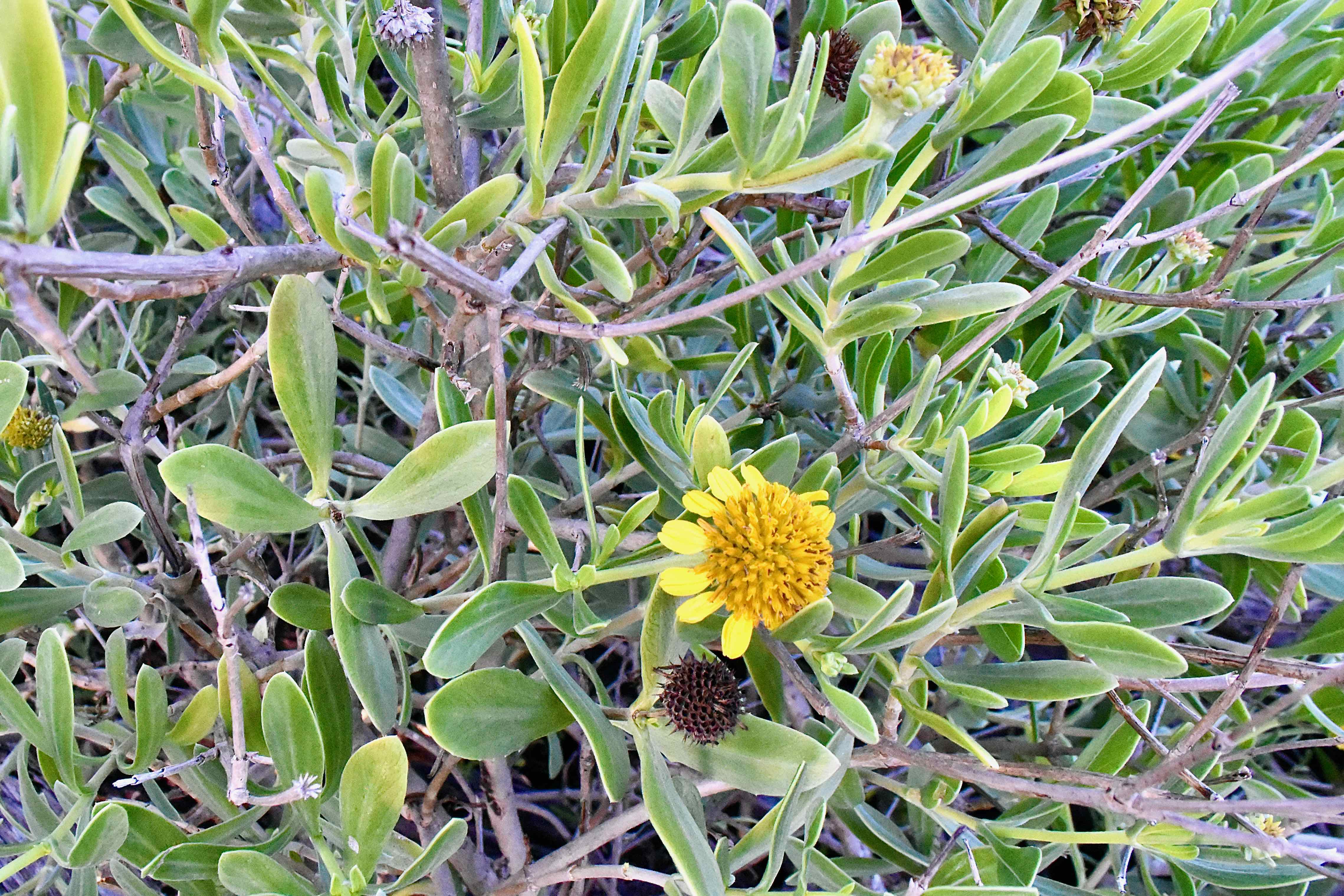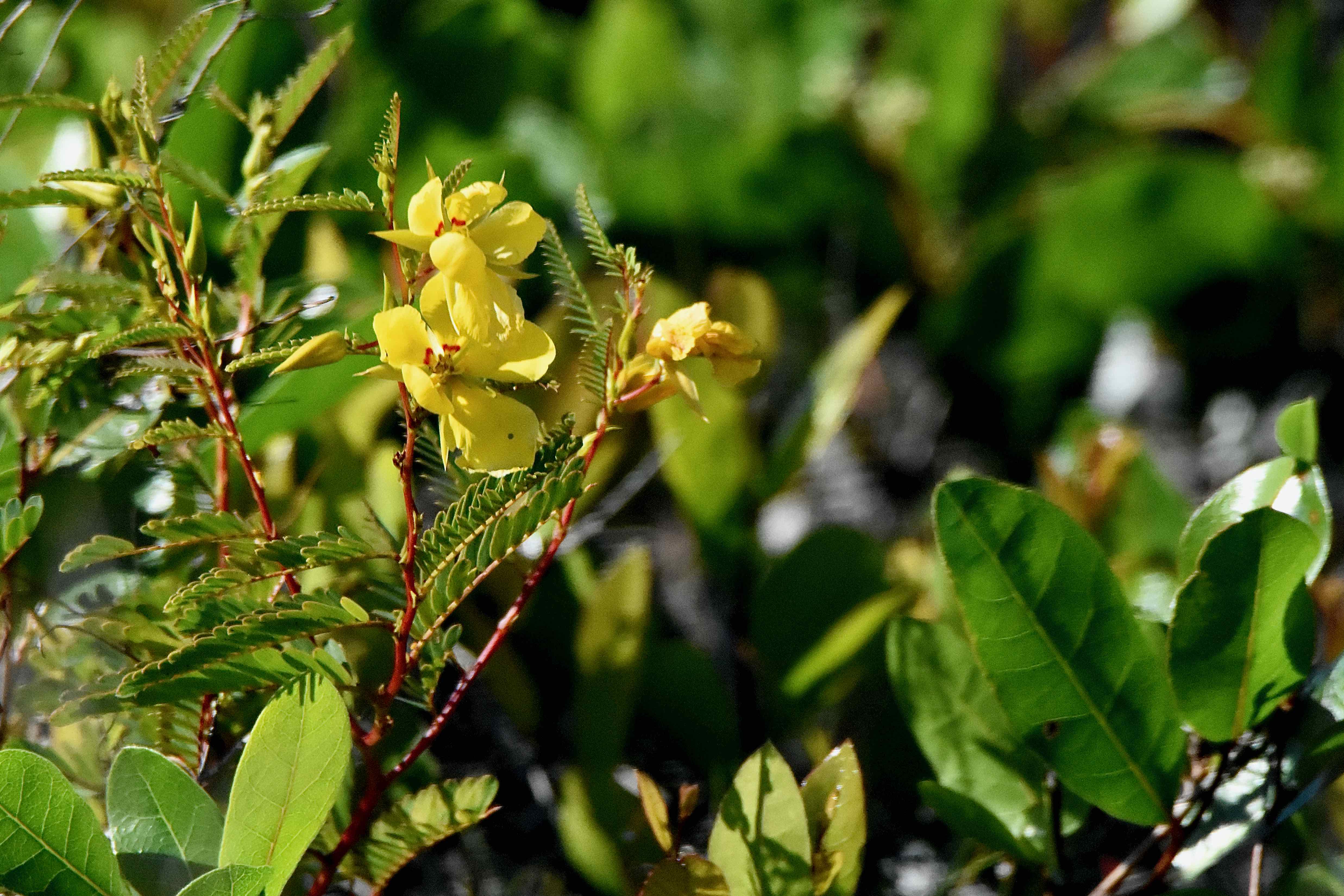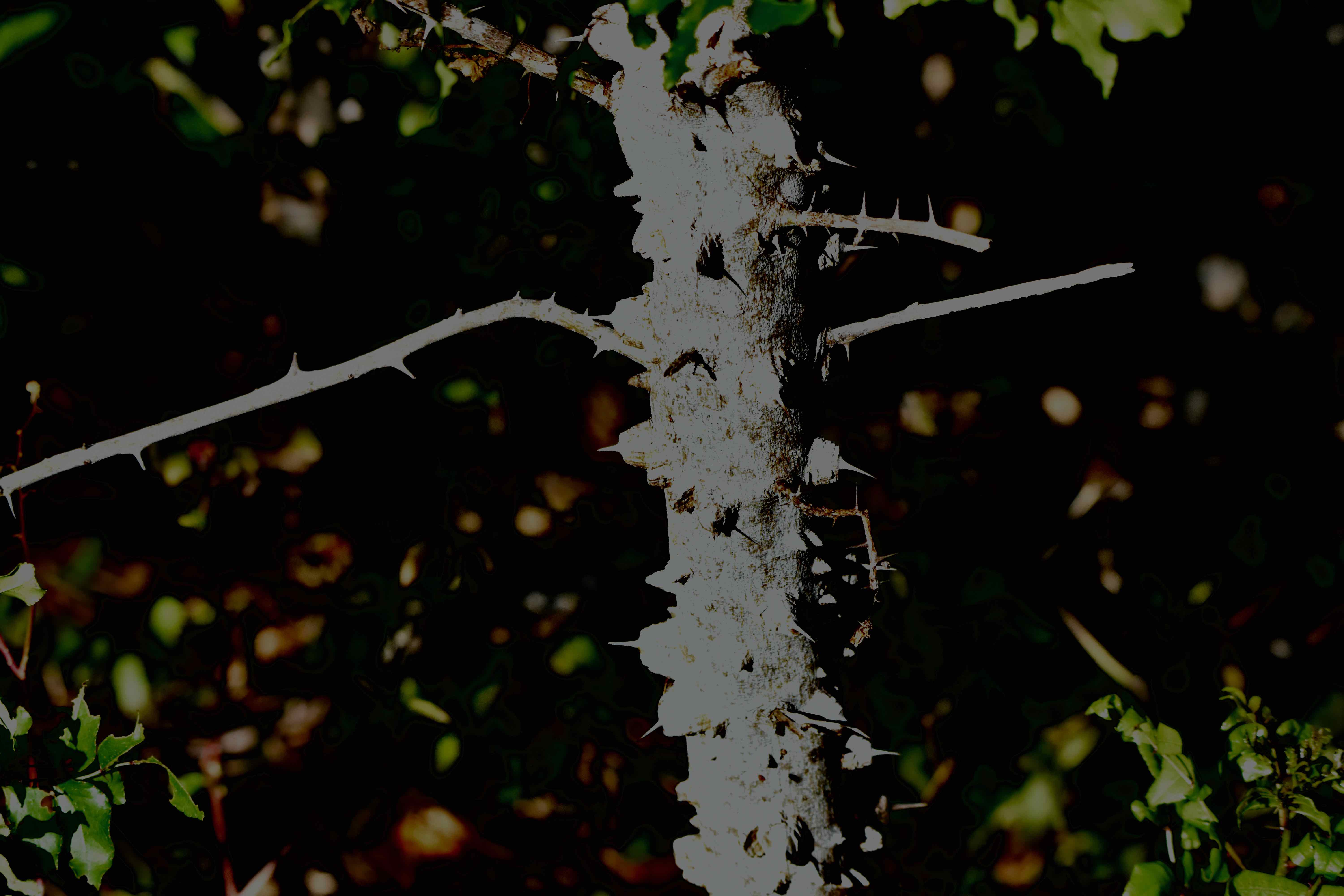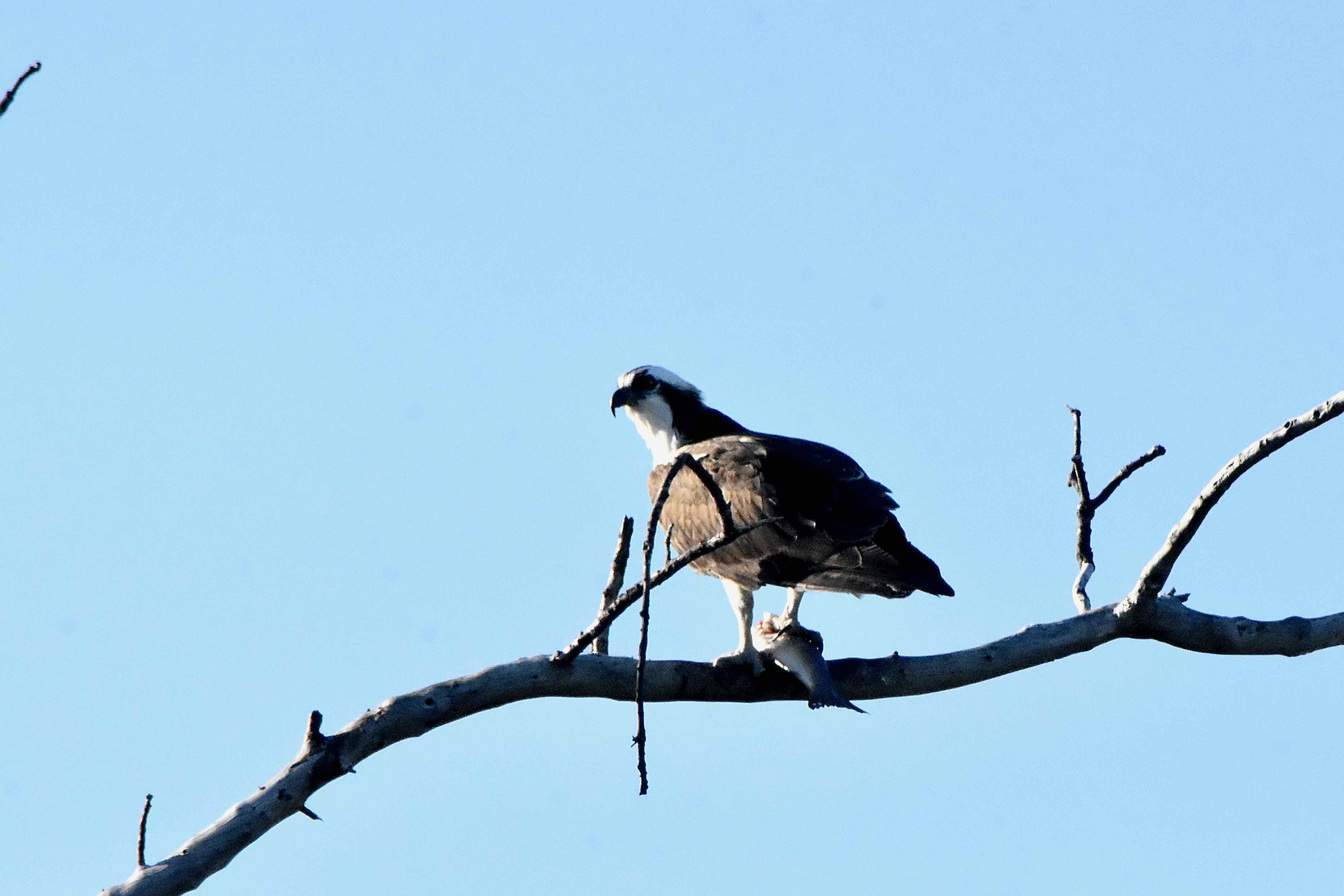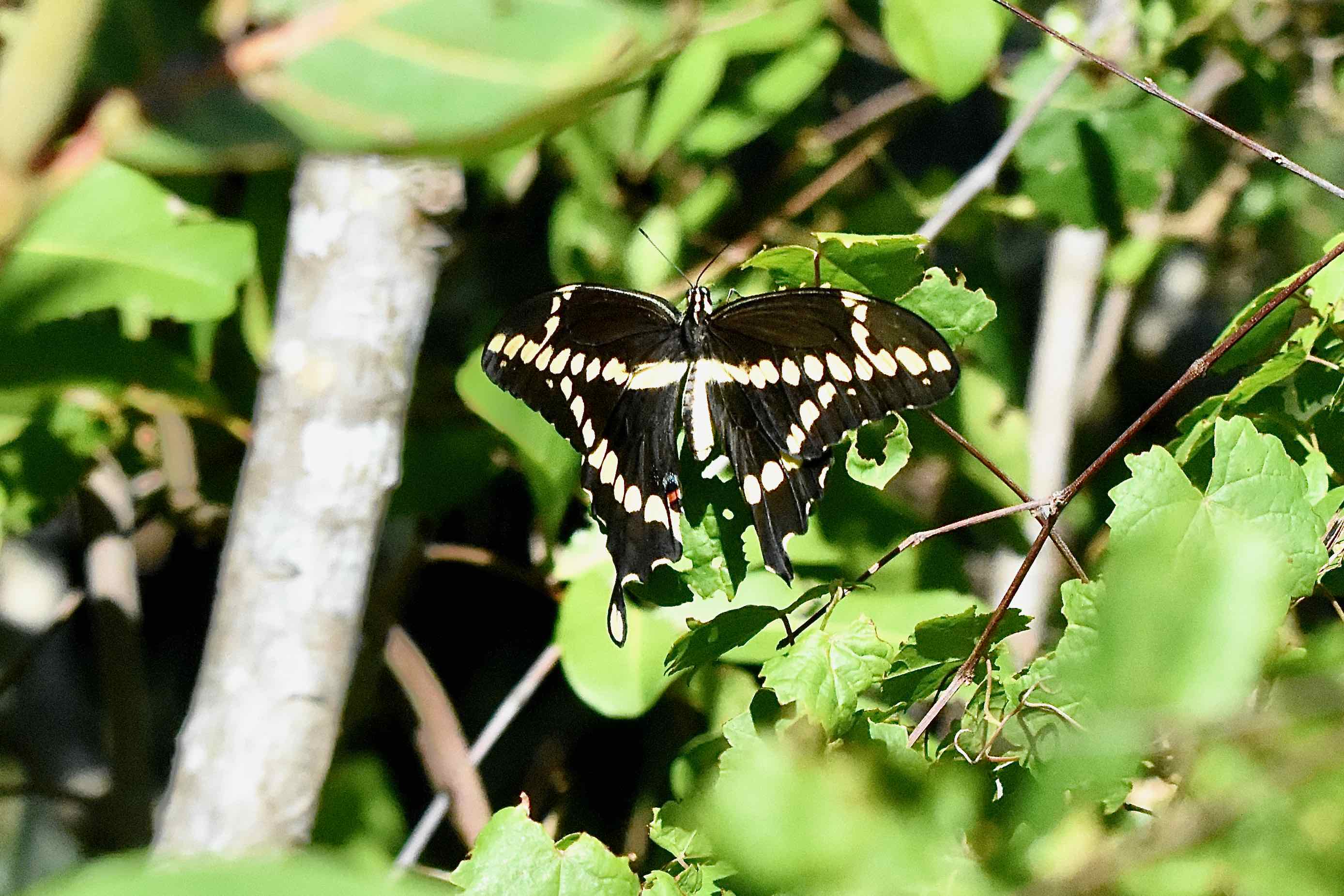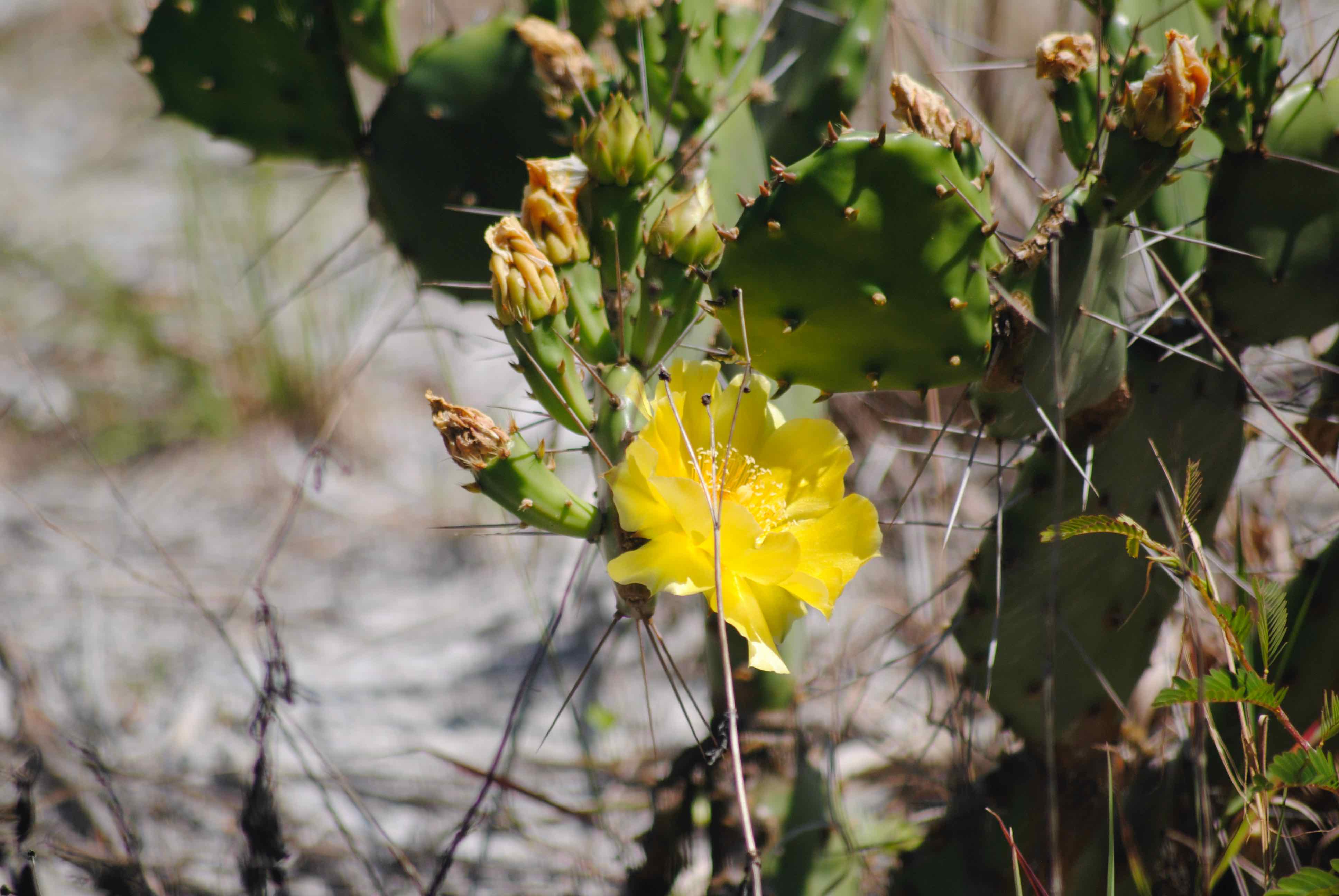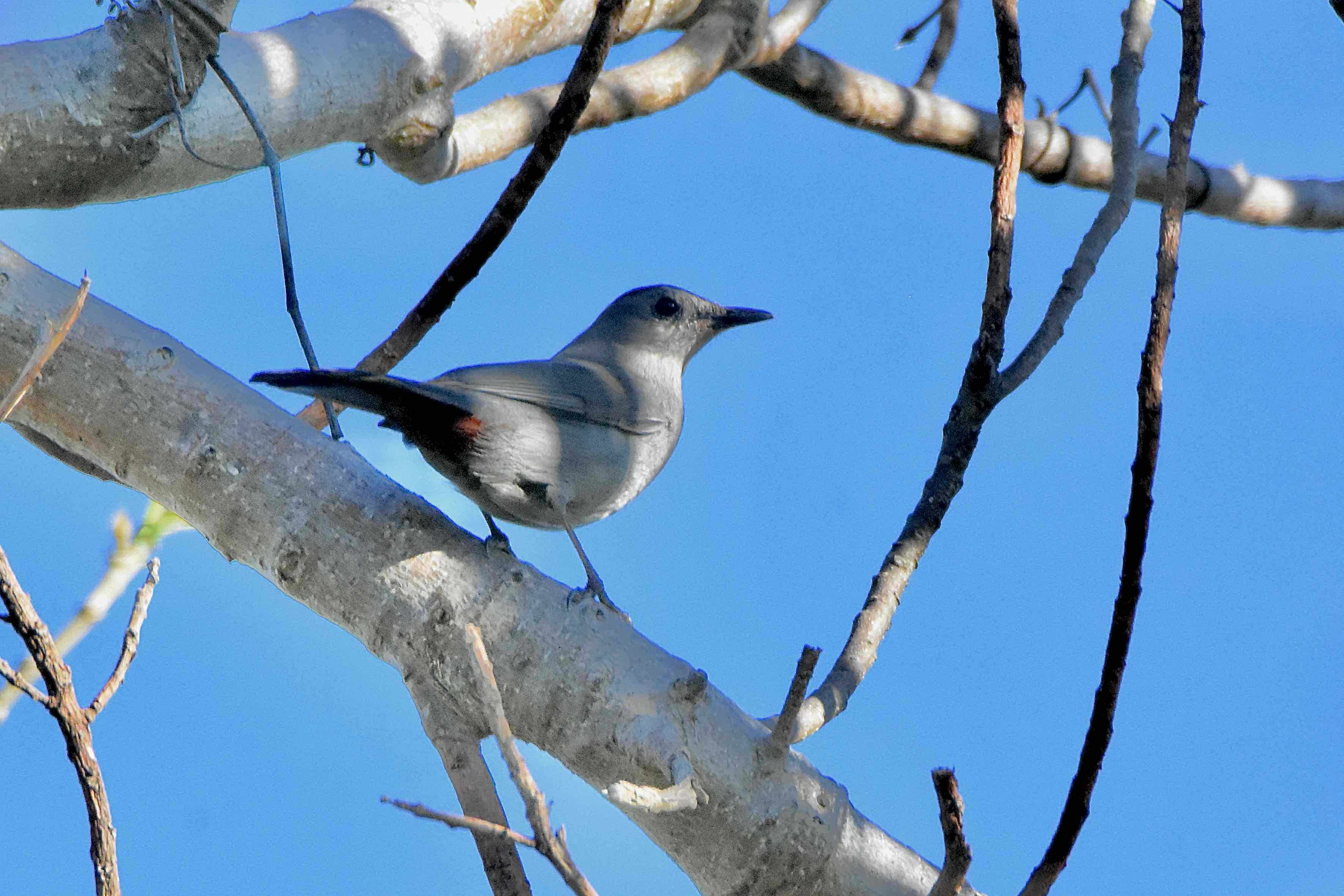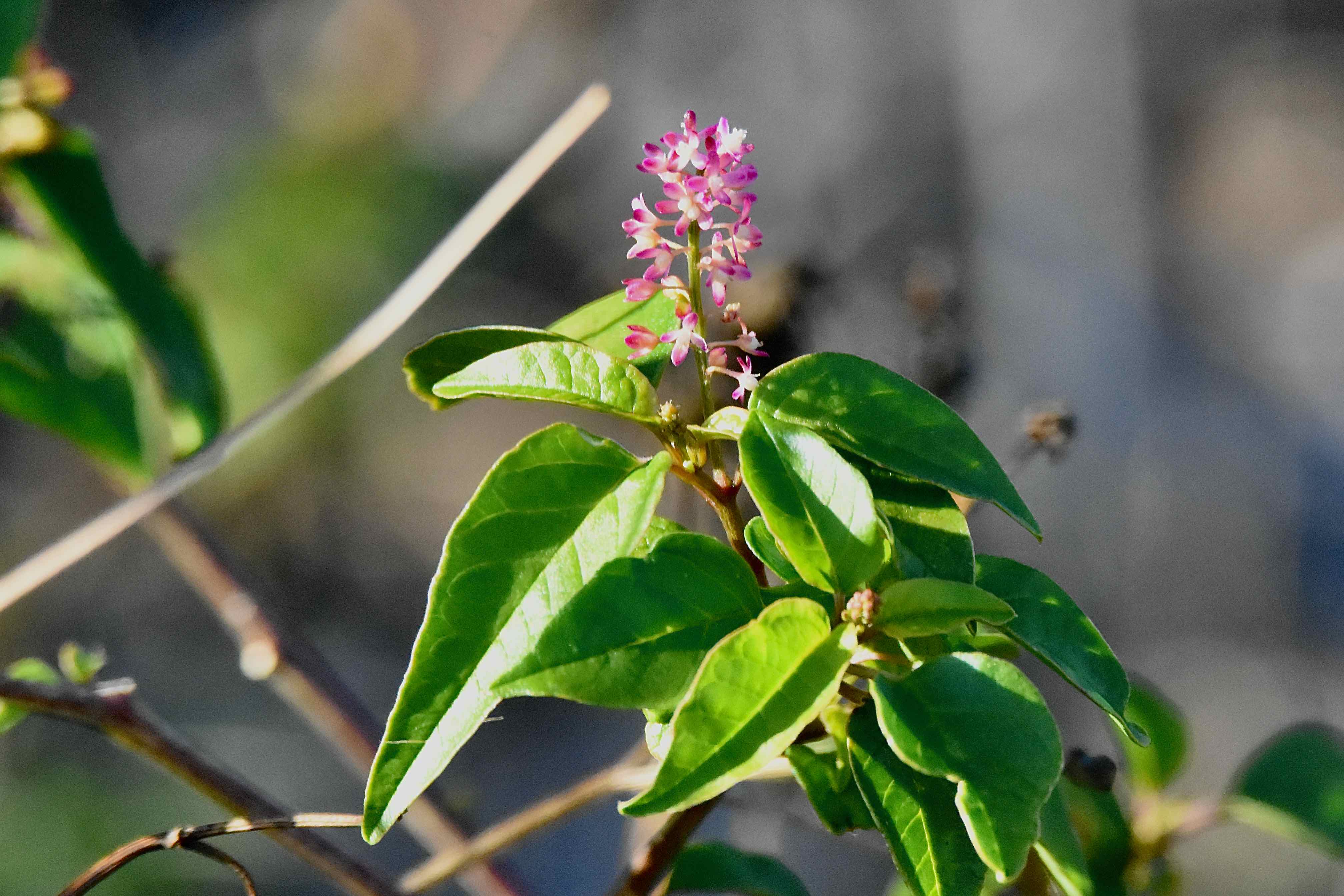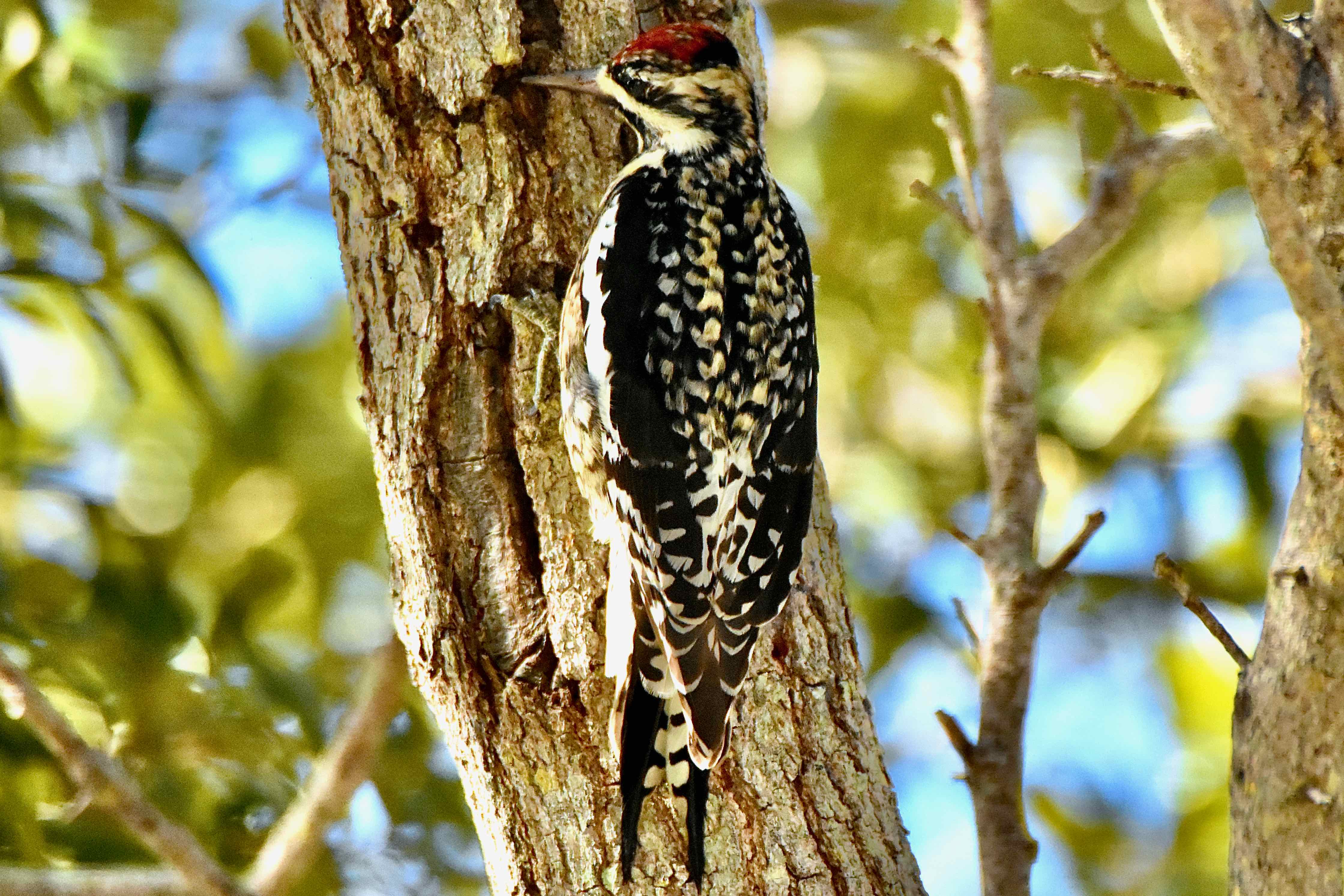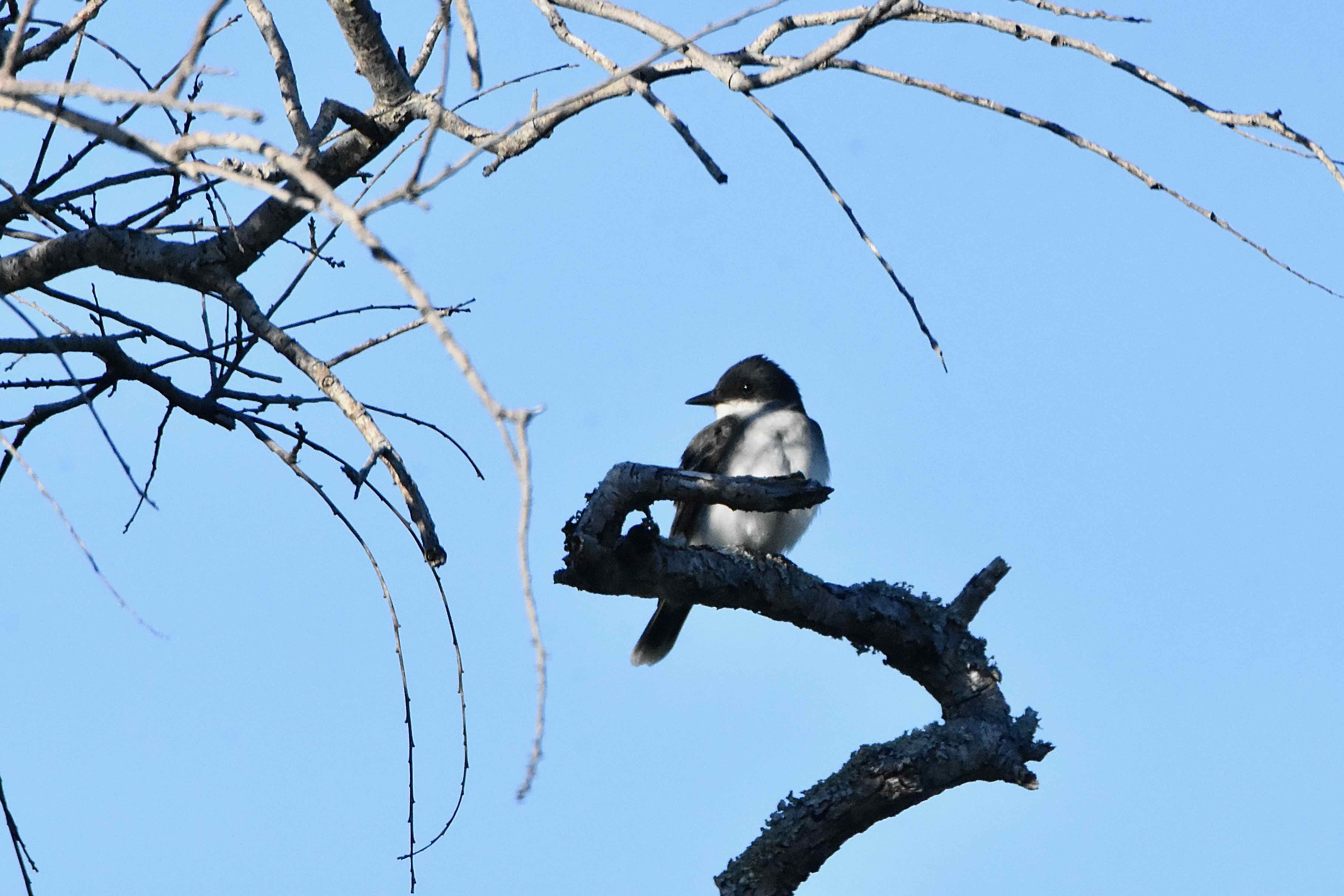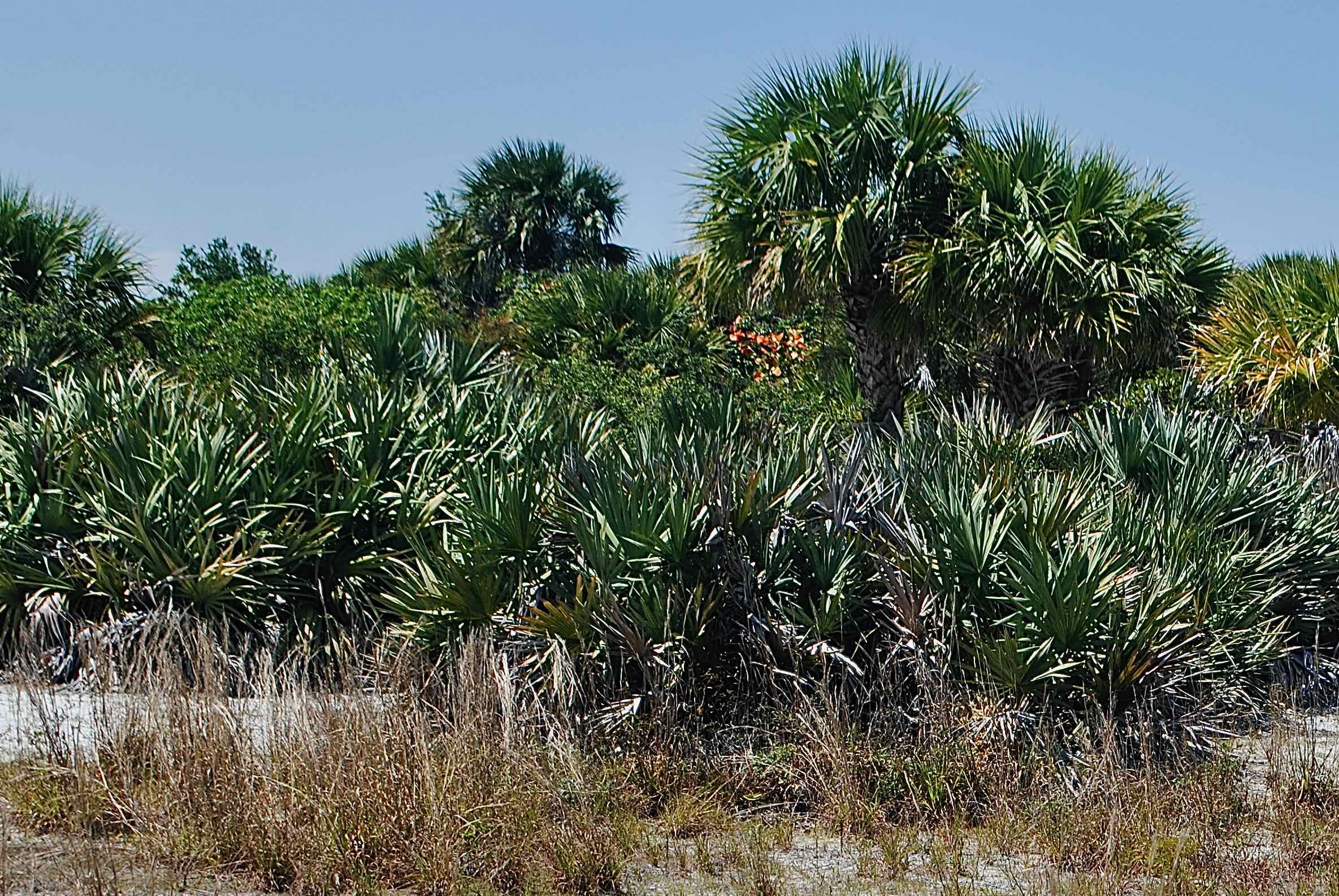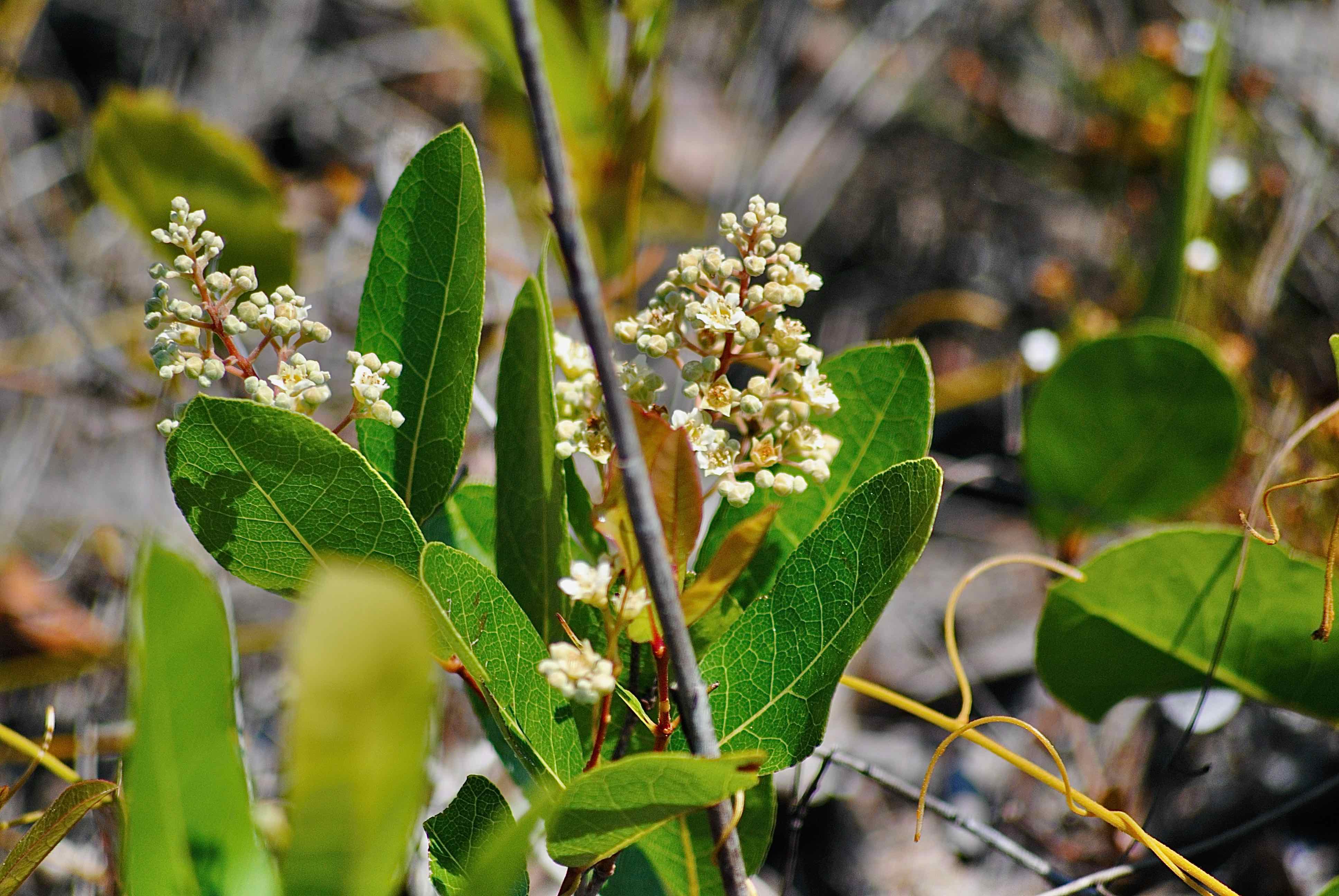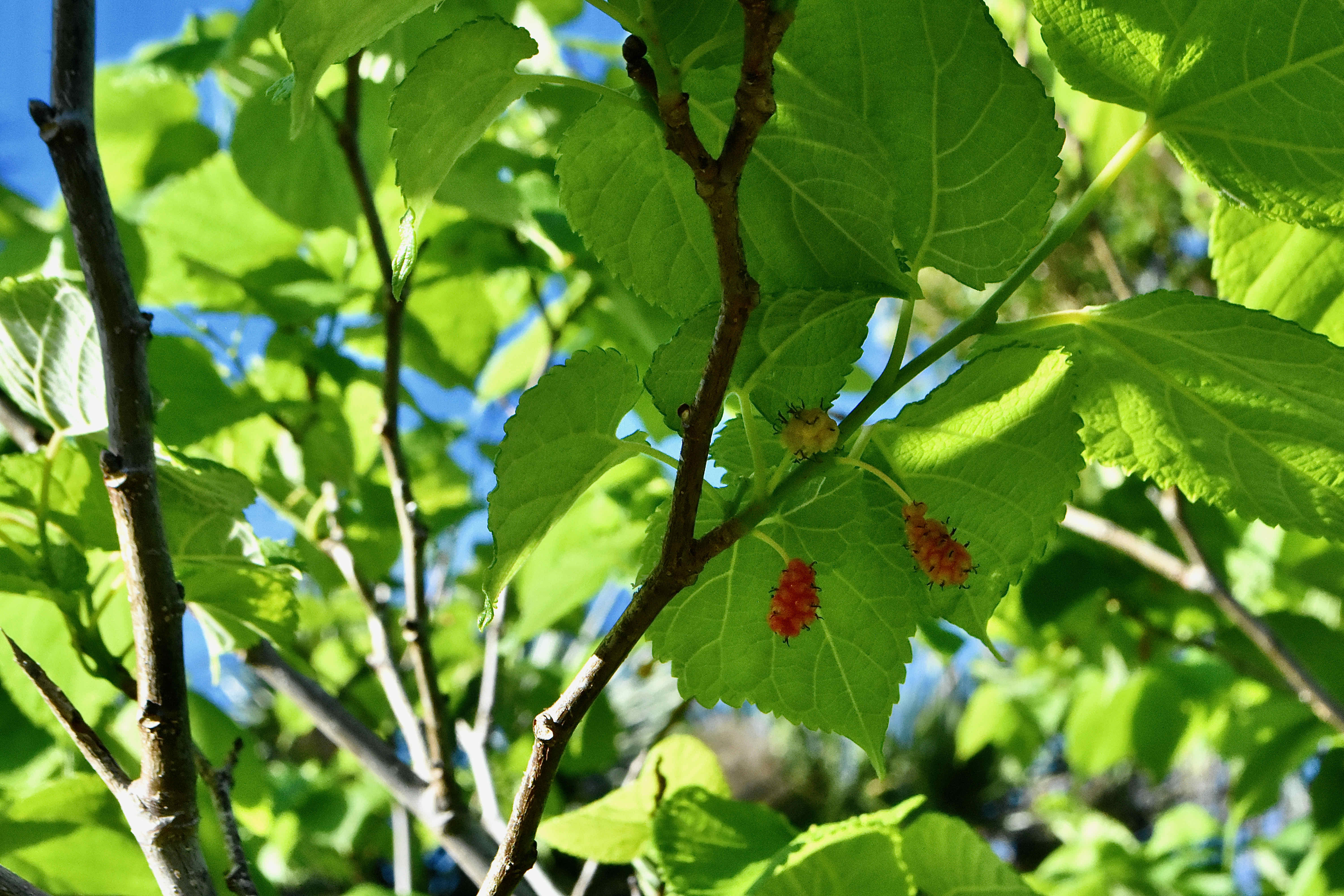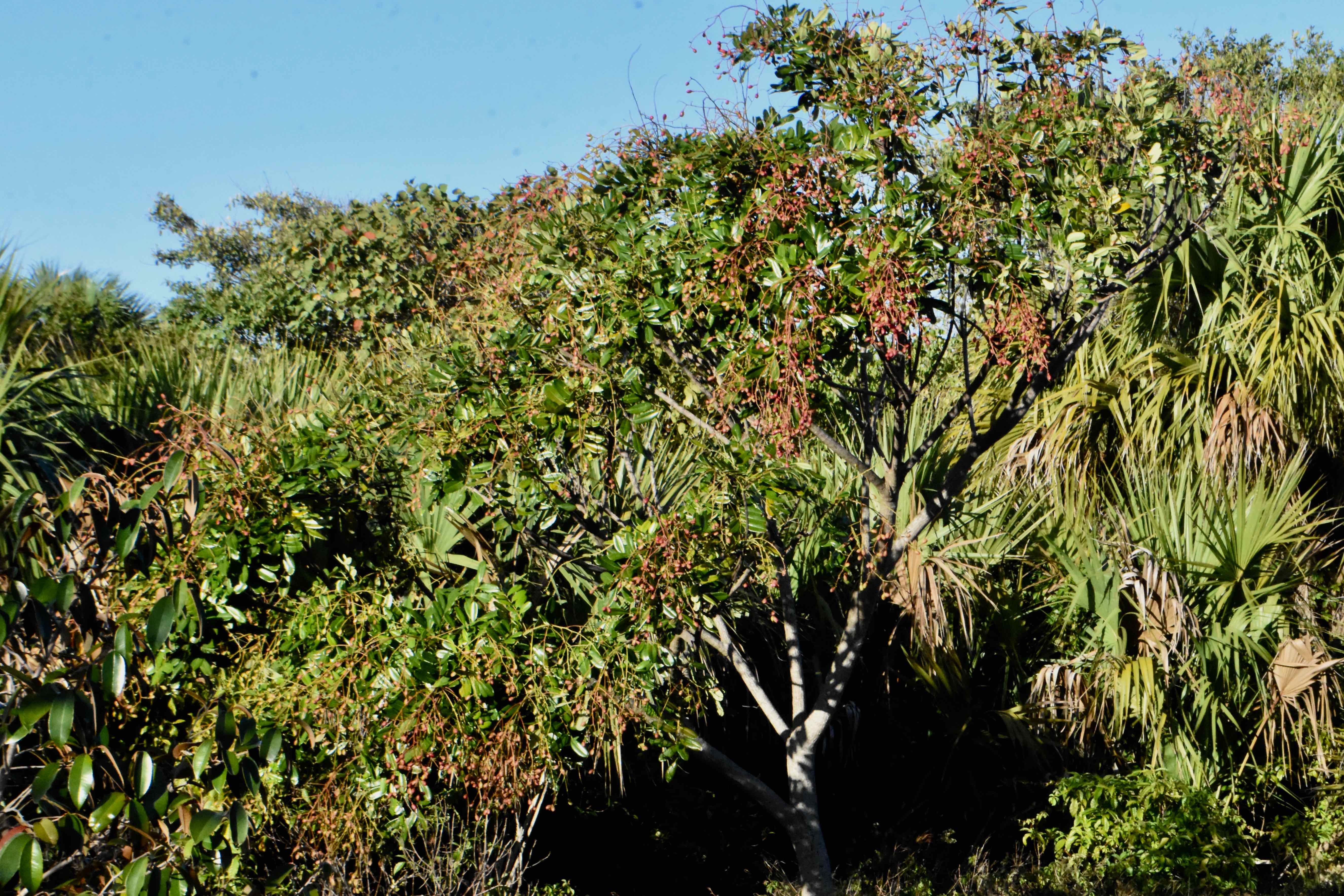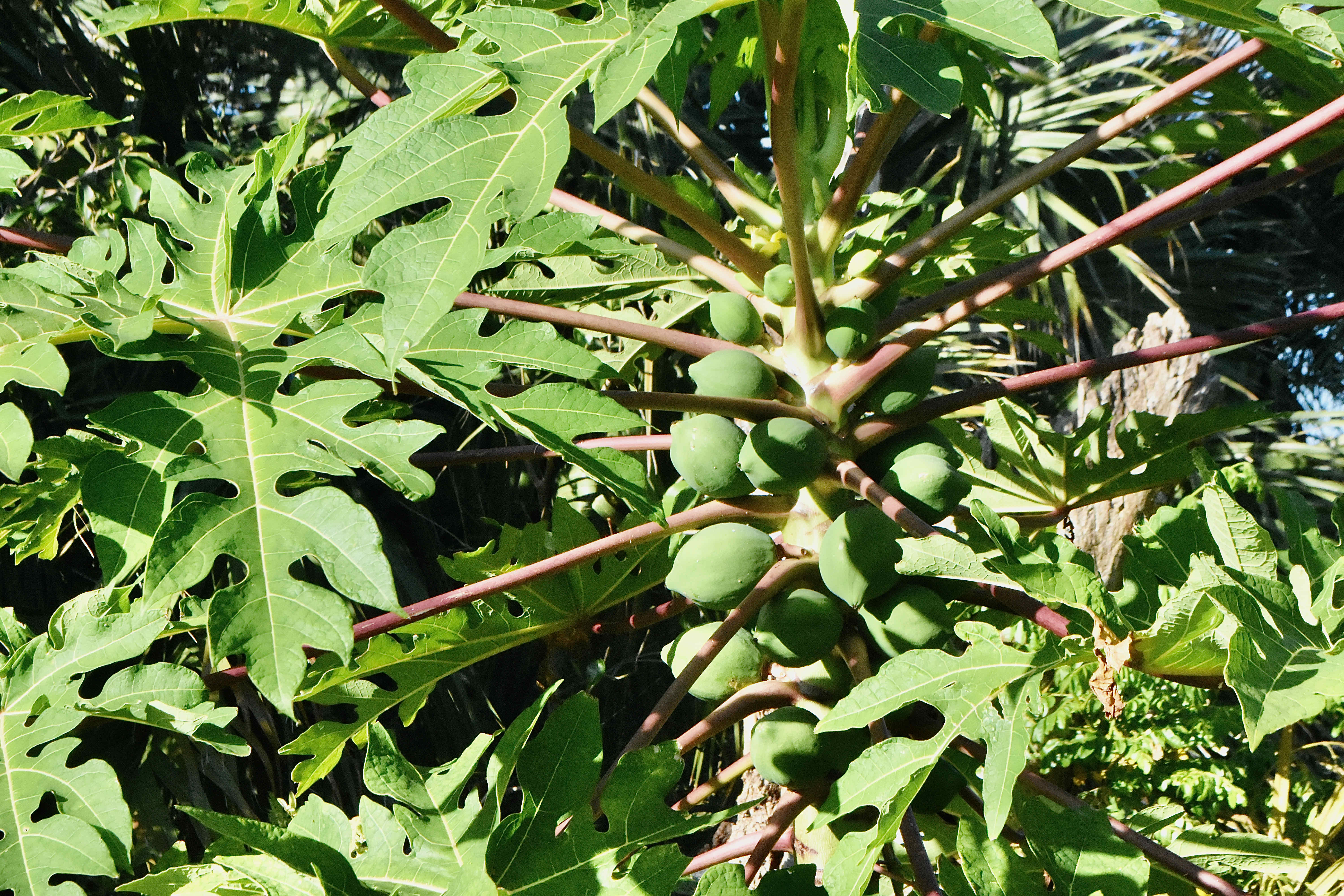Overview: There are few places in Florida that can match the historical and environmental significance of the 120 acres at the confluence of the Indian and Loxahatchee rivers that make up the Jupiter Inlet Lighthouse Outstanding Natural Area. Humans have been using the site for 5,000 years. Ponce de Leon himself made a pitstop here in 1513. The maze of mangrove islands that once dotted the Indian River provided cover for Confederate blockade runners during the Civil War. There are some 42 plant and animal species found within its borders that are state or federally listed as either endangered or threatened. The biological diversity is almost unmatched.
The natural area sits atop a bluff overlooking the two rivers and extends down to the water's edge. It's split between Tequesta north of Beach Road, the town of Jupiter on the south. Most of the land is owned by the Department of the Interior/Bureau of Land Management; the Coast Guard retains nearly 50 acres, including the lighthouse. Jupiter leases a section for a community park, while Palm Beach County's Department of Environmental Resource Management oversees the natural habitat north of Beach Road and a section south of it.
For clarity's sake, it should be noted that the Indian River is now a section of the Intracoastal Waterway though it continues to carry the name. Also, the Jupiter Inlet historically was a sometimes thing, open at times, closed at others as currents deposited or carried off sand. It became permanently open at its present location in 1922 with the construction of two jetties.
History: With the riches offered by the sea, the Loxahatchee,the Indian River and its estuary, it's unsurprising that humans have inhabited Jupiter Inlet for millenia. Ponce landed here; Shipwrecked Jonathan Dickinson and his party spent three weeks here as "guests" of the Jobe Indians in 1696. The modern history of the inlet begins in 1853 when Congress authorized construction of a lighthouse near the inlet. Army Lt. George Gordon Meade, who would later become known as the hero of the Battle of Gettysburg, selected the site and designed the lighthouse; construction began in late 1855 and the light became operational on July 10, 1860. During the war, Confederate sympathizers made off with the lighthouse lamp, leaving the inlet in the dark until after the war. Confederate blockade runners made use of the darkened inlet and its maze of mangrove islands to bring in supplies from the Bahamas. Over time, the Navy, Air Force, Coast Guard and the federal Bureau of Land Management have owned or used the site. In 2008, Congress designated Jupiter Inlet as the BLM's first Outstanding Natural Area east of the Mississippi River.
What You'll See: The Jupiter Inlet Lighthouse sits at the south end where the two rivers meet. Its presence dominates the site. At the north end, across Beach Road, lies the site's biggest tract of natural habitat: 60-plus acres of scrub, tropical hardwood hammock and finally, mangrove swamp. A quarter-mile accessible trail moves through scrub's tightly packed oaks, saw palmetto, love vine and muscadine. The land opens farther in with sparse patches of grasses and sedges, partridge pea, tread softly, Feay's palafox, narrowleaf silkgrass and eastern pricklypear cactus. There is, altogether, 51 acres of scrub. It transitions to 5.3 acres of tropical hardwood hammock, with gumbo limbo, sea grape, poisonwood, coinvine, bustic willow and others. The trail ends at an observation platform overlooking 5.9 acres of mangroves and the Indian River.
Birds spotted include northern mockingbird, brown pelican, red-bellied woodpecker, yellow-bellied sapsucker, bluejay, osprey and eastern phoebe.
Amenities: The north side of Jupiter Inlet Lighthouse Natural Area includes a small parking lot, the aforementioned accessible trail and an observation deck. There is additional parking and a natural surface loop hiking trail that swings along the banks of the Indian River. Drinking water and restrooms may be found within Jupiter Community Park and the lighthouse and lighthouse museum.
Nearby: South along U.S. 1 you'll find Jupiter Ridge Natural Area and Juno Dunes Natural Area, both Oceanfront and West Tract. Jonathan Dickinson State Park and Hobe Sound National Wildlife Refuge are a few minutes drive to the north along U.S. 1. Delaware Scrub Natural Area is a short distance west along Indiantown Road. Also in Jupiter are Limestone Creek Natural Area and North Jupiter Flatwoods Natural Area. Cypress Creek Natural Area North and South sits west of I95 and the Turnpike; farther west you'll find Pine Glades Natural Area.
Links: Institute for Regional Conservation inventory of plants is here. The Bureau of Land Management's planning document is here. The Great Florida Birding Trail's take on Jupiter Inlet is here. Check the Jupiter Lighthouse website for hours and details on the history of the light.
Of Note: The natural area managed by Palm Beach County is open sunrise to sunset 365 days a year. Admission is free. Check the Loxahatchee River Historical Society website for details about visiting the lighthouse and museum.
Cover Photo: We came across this black racer during our last visit to Jupiter Inlet Lighthouse Natural Area as we approached the south section's loop trail. It went left at a fork in the trail and so did we. Many of Jupiter Inlet's natural treasures do their best to stay out of sight, but we caught this guy out in the open.
The natural area sits atop a bluff overlooking the two rivers and extends down to the water's edge. It's split between Tequesta north of Beach Road, the town of Jupiter on the south. Most of the land is owned by the Department of the Interior/Bureau of Land Management; the Coast Guard retains nearly 50 acres, including the lighthouse. Jupiter leases a section for a community park, while Palm Beach County's Department of Environmental Resource Management oversees the natural habitat north of Beach Road and a section south of it.
For clarity's sake, it should be noted that the Indian River is now a section of the Intracoastal Waterway though it continues to carry the name. Also, the Jupiter Inlet historically was a sometimes thing, open at times, closed at others as currents deposited or carried off sand. It became permanently open at its present location in 1922 with the construction of two jetties.
History: With the riches offered by the sea, the Loxahatchee,the Indian River and its estuary, it's unsurprising that humans have inhabited Jupiter Inlet for millenia. Ponce landed here; Shipwrecked Jonathan Dickinson and his party spent three weeks here as "guests" of the Jobe Indians in 1696. The modern history of the inlet begins in 1853 when Congress authorized construction of a lighthouse near the inlet. Army Lt. George Gordon Meade, who would later become known as the hero of the Battle of Gettysburg, selected the site and designed the lighthouse; construction began in late 1855 and the light became operational on July 10, 1860. During the war, Confederate sympathizers made off with the lighthouse lamp, leaving the inlet in the dark until after the war. Confederate blockade runners made use of the darkened inlet and its maze of mangrove islands to bring in supplies from the Bahamas. Over time, the Navy, Air Force, Coast Guard and the federal Bureau of Land Management have owned or used the site. In 2008, Congress designated Jupiter Inlet as the BLM's first Outstanding Natural Area east of the Mississippi River.
What You'll See: The Jupiter Inlet Lighthouse sits at the south end where the two rivers meet. Its presence dominates the site. At the north end, across Beach Road, lies the site's biggest tract of natural habitat: 60-plus acres of scrub, tropical hardwood hammock and finally, mangrove swamp. A quarter-mile accessible trail moves through scrub's tightly packed oaks, saw palmetto, love vine and muscadine. The land opens farther in with sparse patches of grasses and sedges, partridge pea, tread softly, Feay's palafox, narrowleaf silkgrass and eastern pricklypear cactus. There is, altogether, 51 acres of scrub. It transitions to 5.3 acres of tropical hardwood hammock, with gumbo limbo, sea grape, poisonwood, coinvine, bustic willow and others. The trail ends at an observation platform overlooking 5.9 acres of mangroves and the Indian River.
Birds spotted include northern mockingbird, brown pelican, red-bellied woodpecker, yellow-bellied sapsucker, bluejay, osprey and eastern phoebe.
Amenities: The north side of Jupiter Inlet Lighthouse Natural Area includes a small parking lot, the aforementioned accessible trail and an observation deck. There is additional parking and a natural surface loop hiking trail that swings along the banks of the Indian River. Drinking water and restrooms may be found within Jupiter Community Park and the lighthouse and lighthouse museum.
Nearby: South along U.S. 1 you'll find Jupiter Ridge Natural Area and Juno Dunes Natural Area, both Oceanfront and West Tract. Jonathan Dickinson State Park and Hobe Sound National Wildlife Refuge are a few minutes drive to the north along U.S. 1. Delaware Scrub Natural Area is a short distance west along Indiantown Road. Also in Jupiter are Limestone Creek Natural Area and North Jupiter Flatwoods Natural Area. Cypress Creek Natural Area North and South sits west of I95 and the Turnpike; farther west you'll find Pine Glades Natural Area.
Links: Institute for Regional Conservation inventory of plants is here. The Bureau of Land Management's planning document is here. The Great Florida Birding Trail's take on Jupiter Inlet is here. Check the Jupiter Lighthouse website for hours and details on the history of the light.
Of Note: The natural area managed by Palm Beach County is open sunrise to sunset 365 days a year. Admission is free. Check the Loxahatchee River Historical Society website for details about visiting the lighthouse and museum.
Cover Photo: We came across this black racer during our last visit to Jupiter Inlet Lighthouse Natural Area as we approached the south section's loop trail. It went left at a fork in the trail and so did we. Many of Jupiter Inlet's natural treasures do their best to stay out of sight, but we caught this guy out in the open.

